Day 7 - Walking The Nakasendō, Japan - Thinking of the Zen Master Called Homeless Kodo...
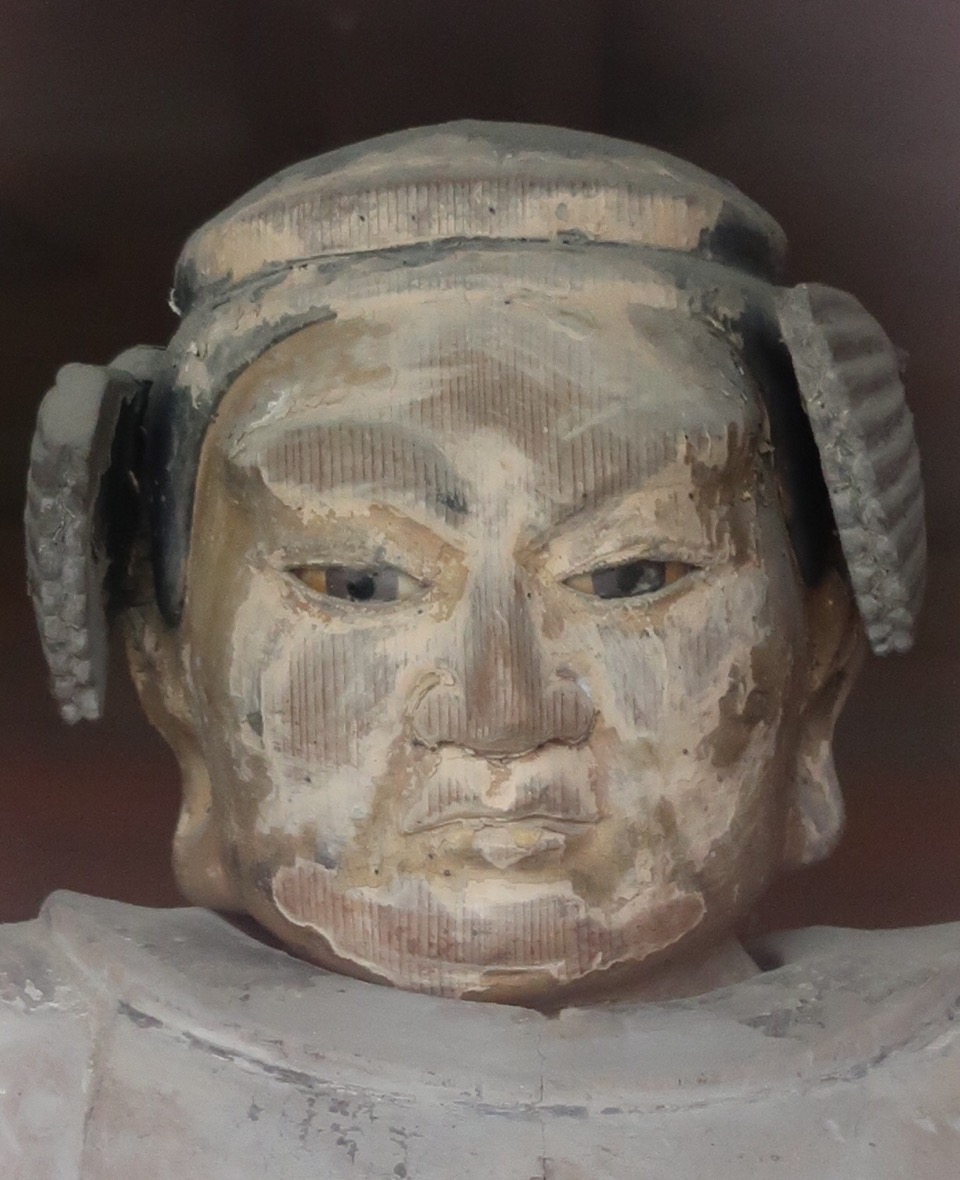
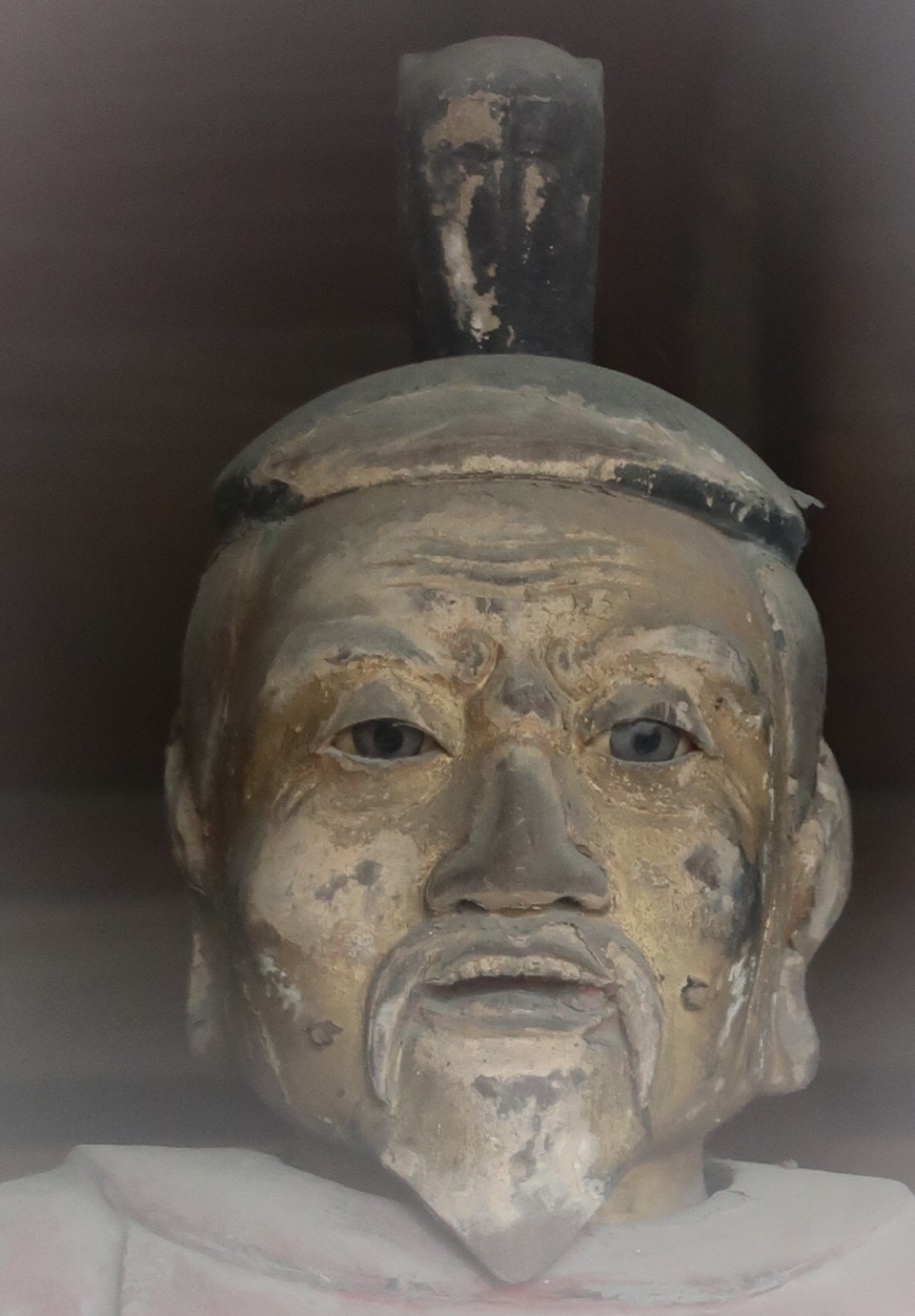
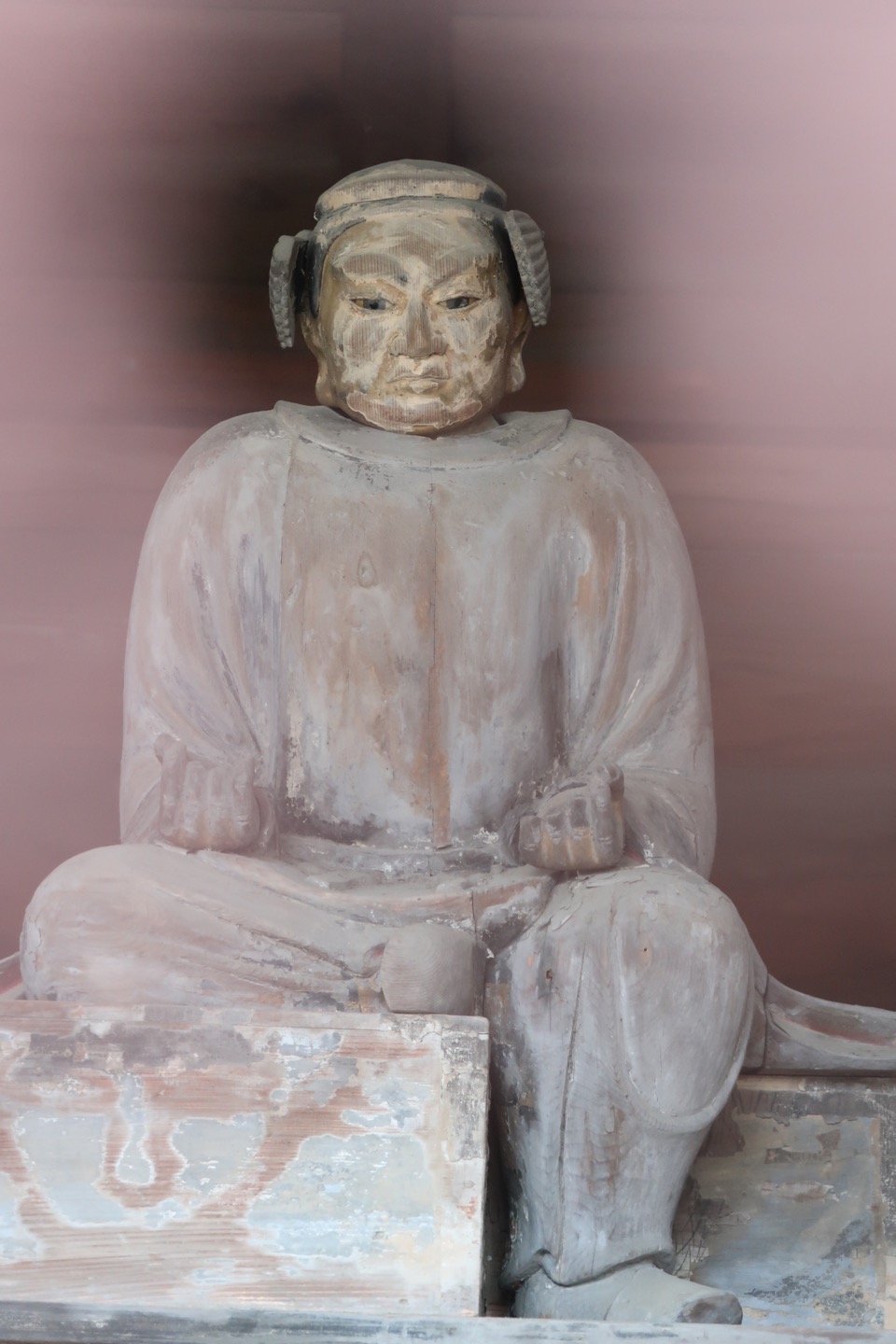
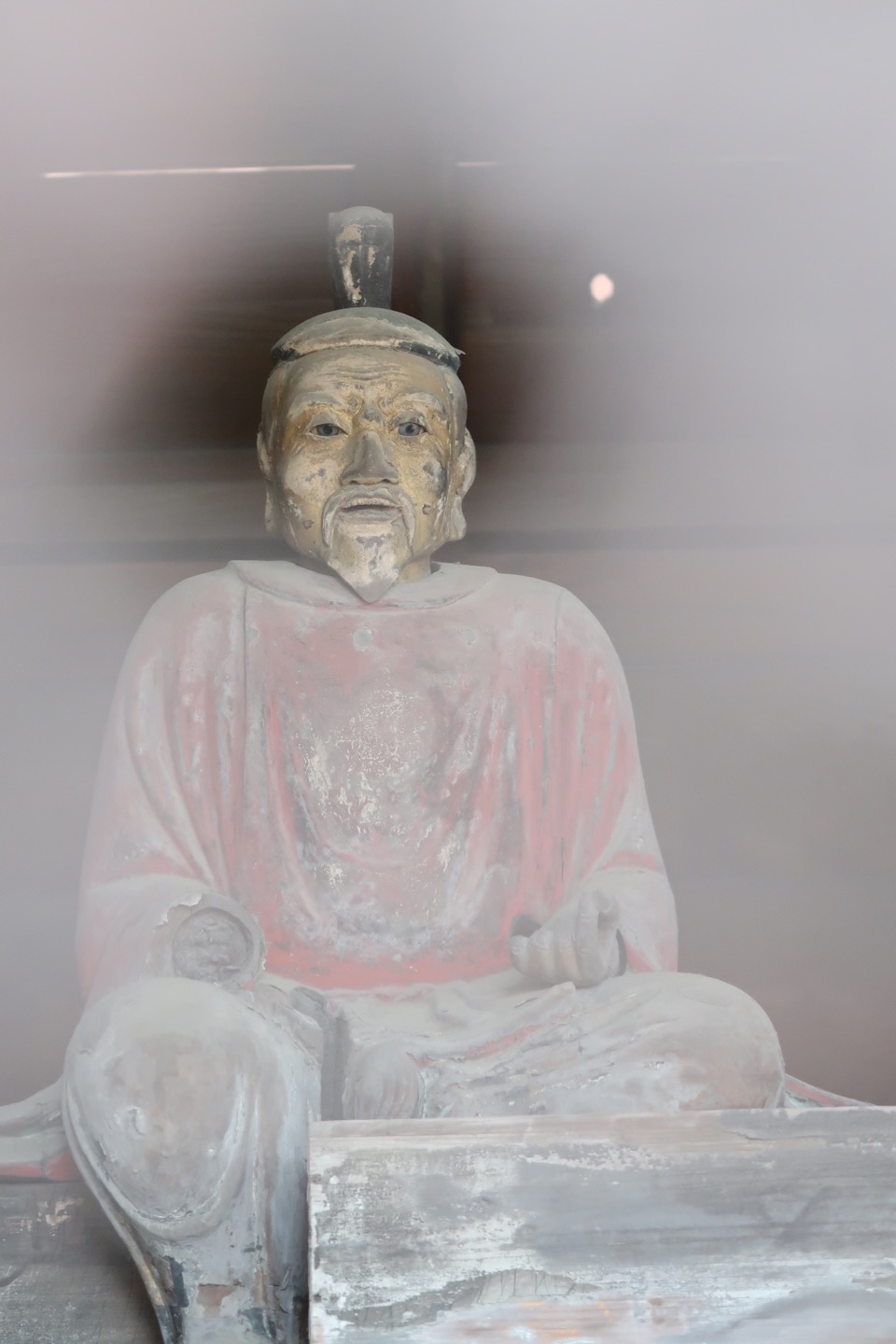
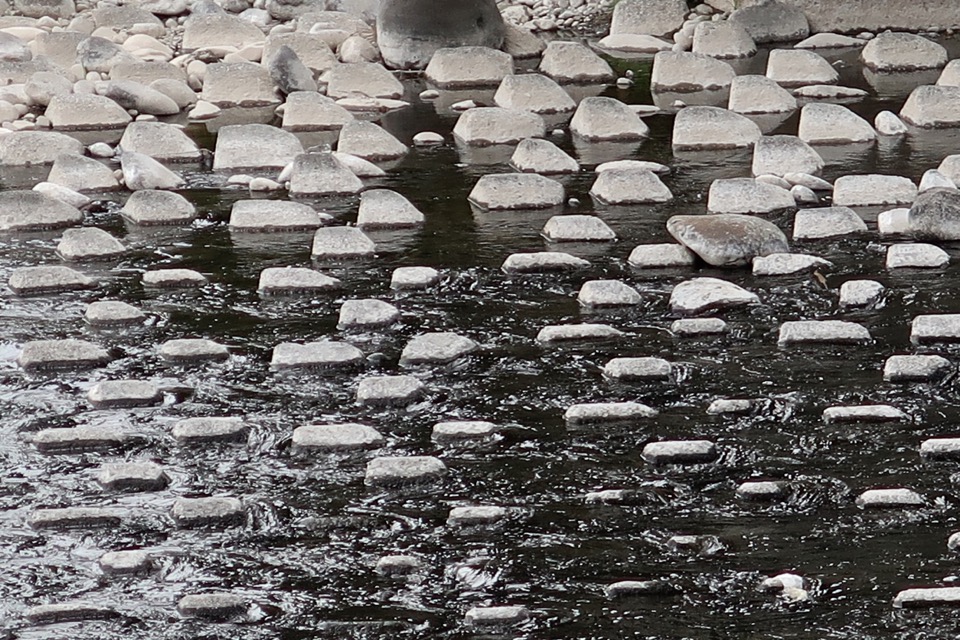
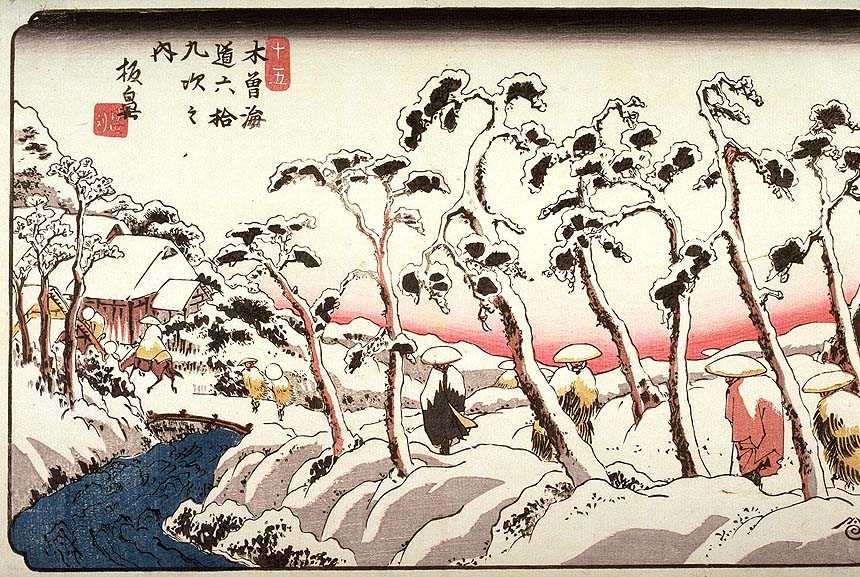
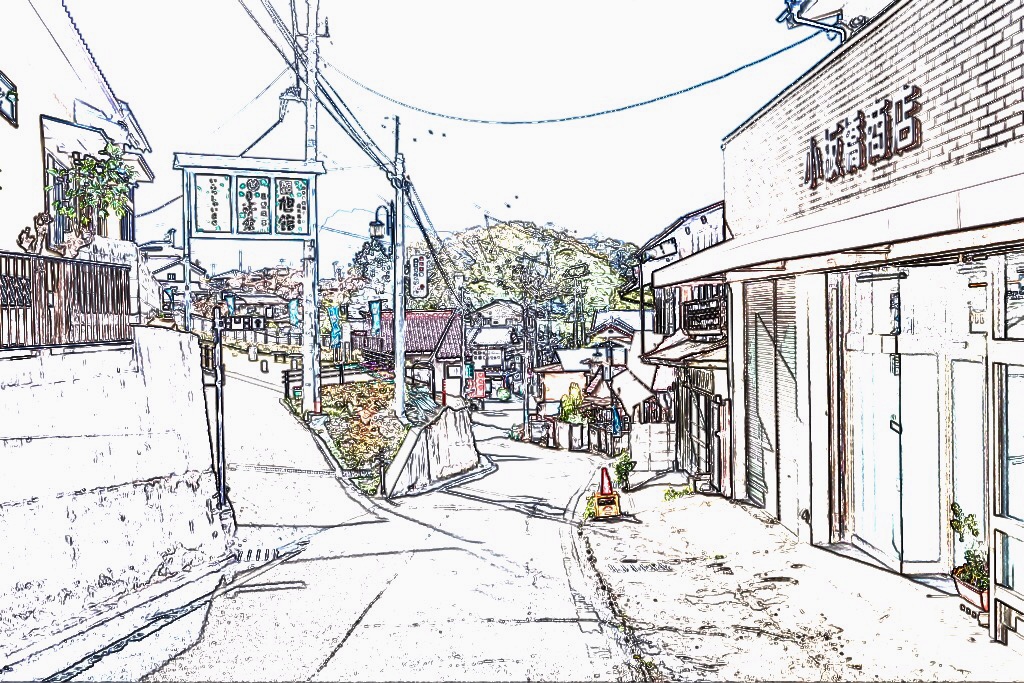
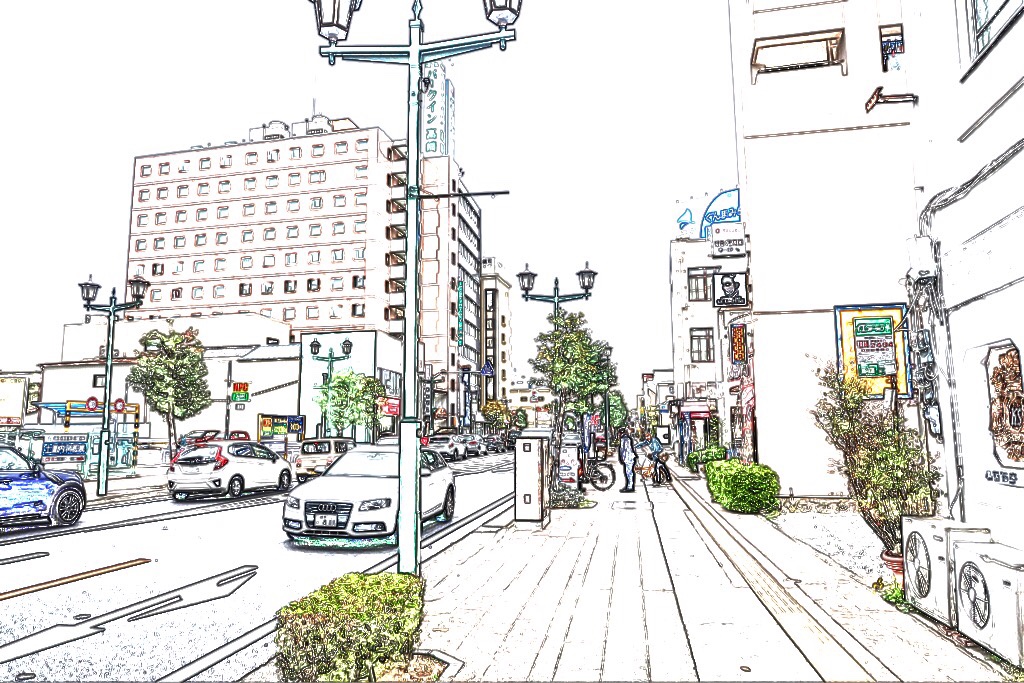
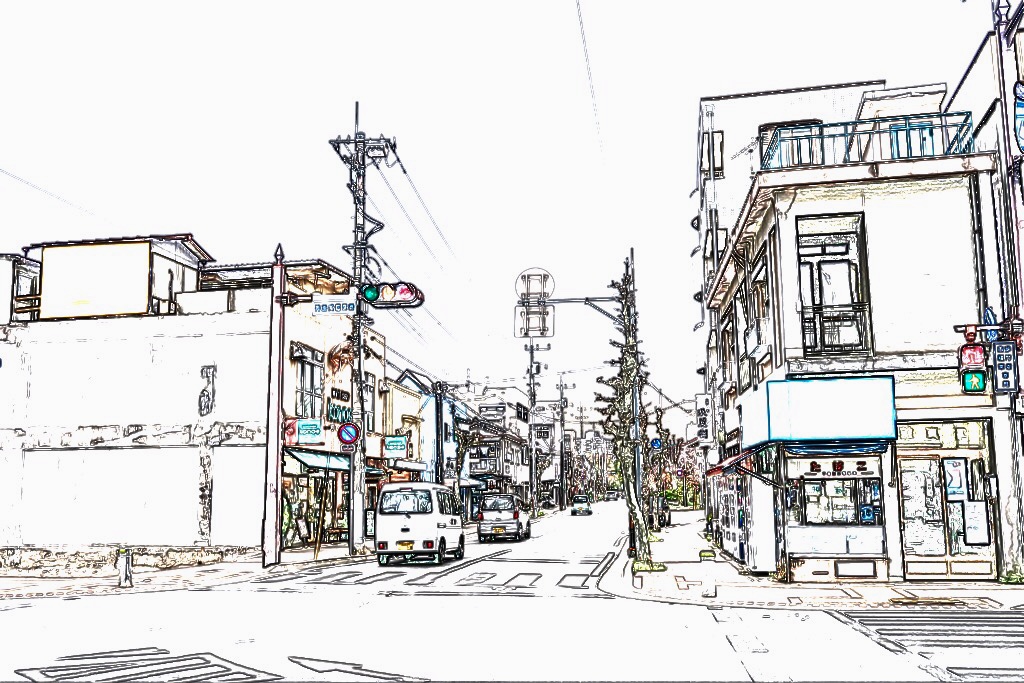

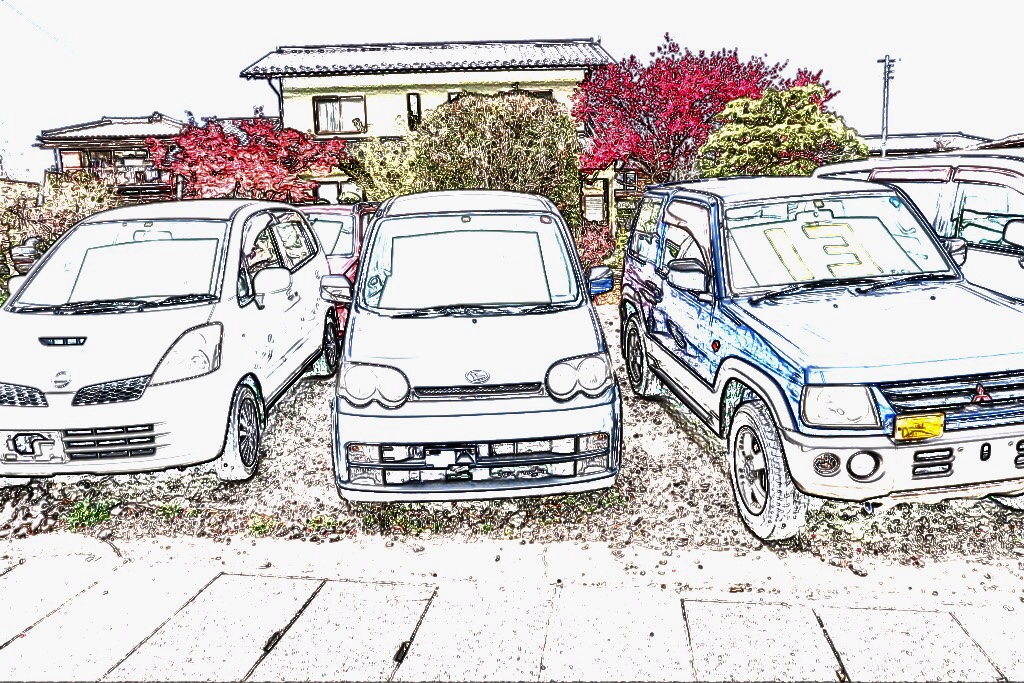
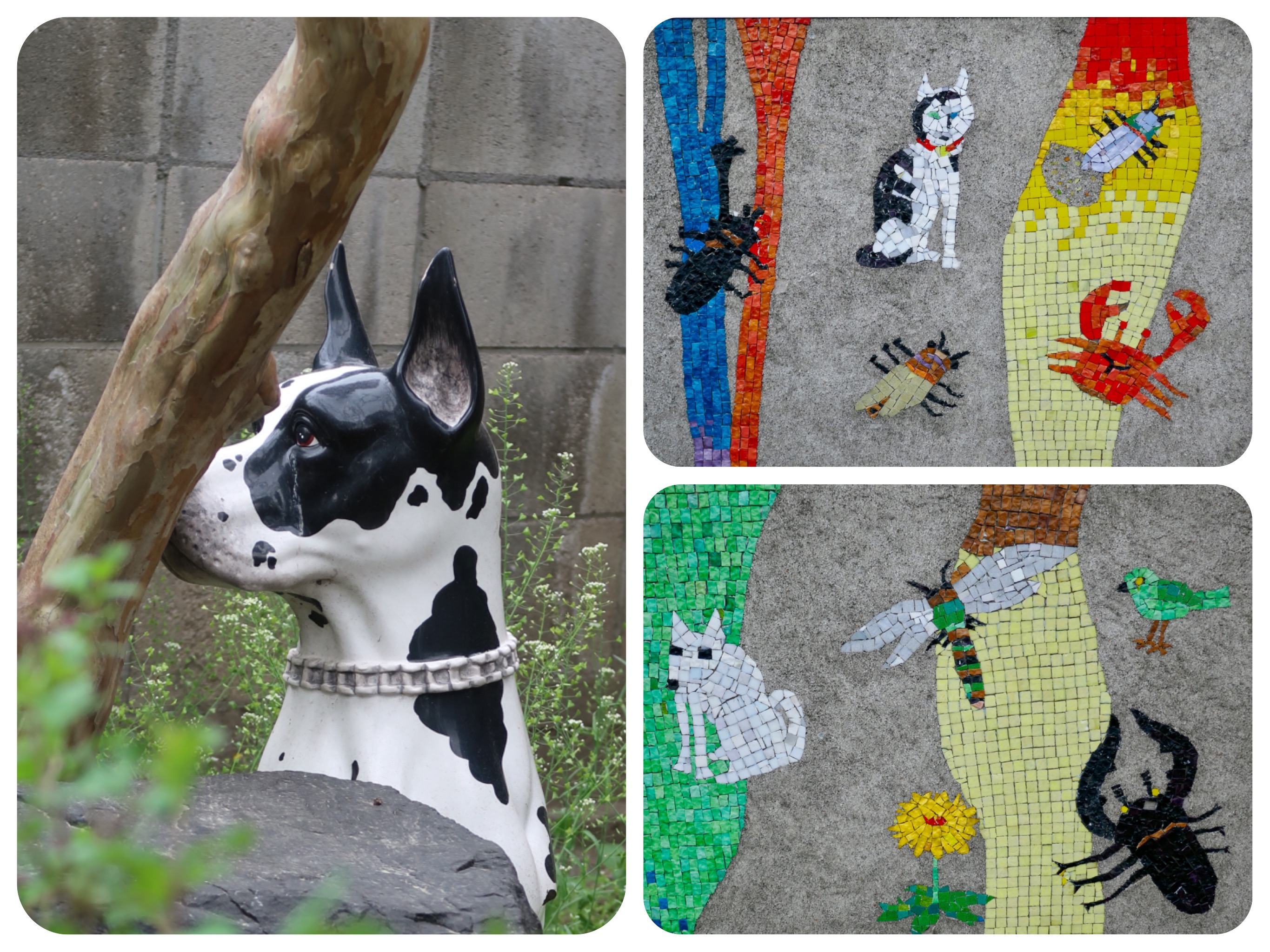
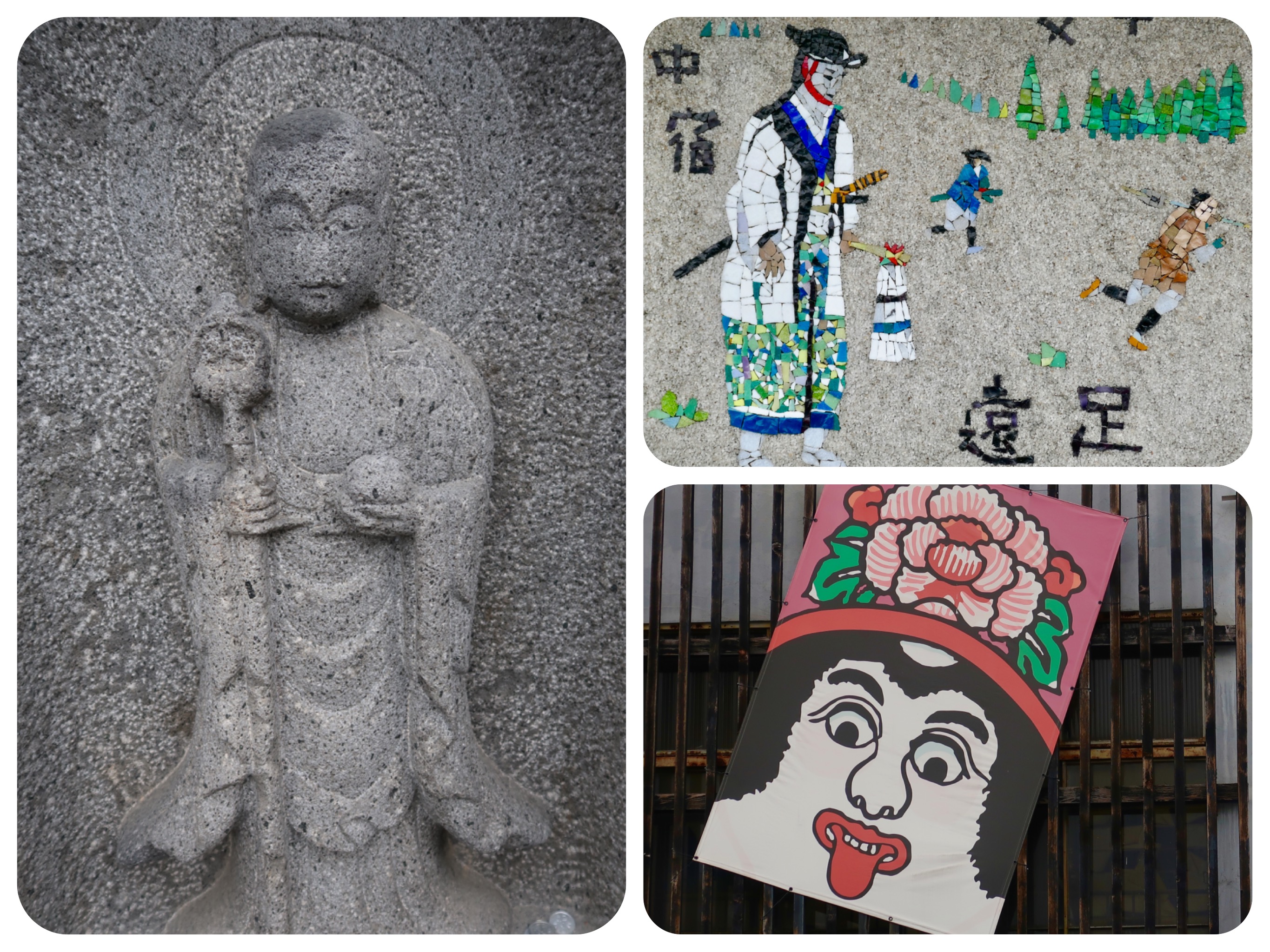
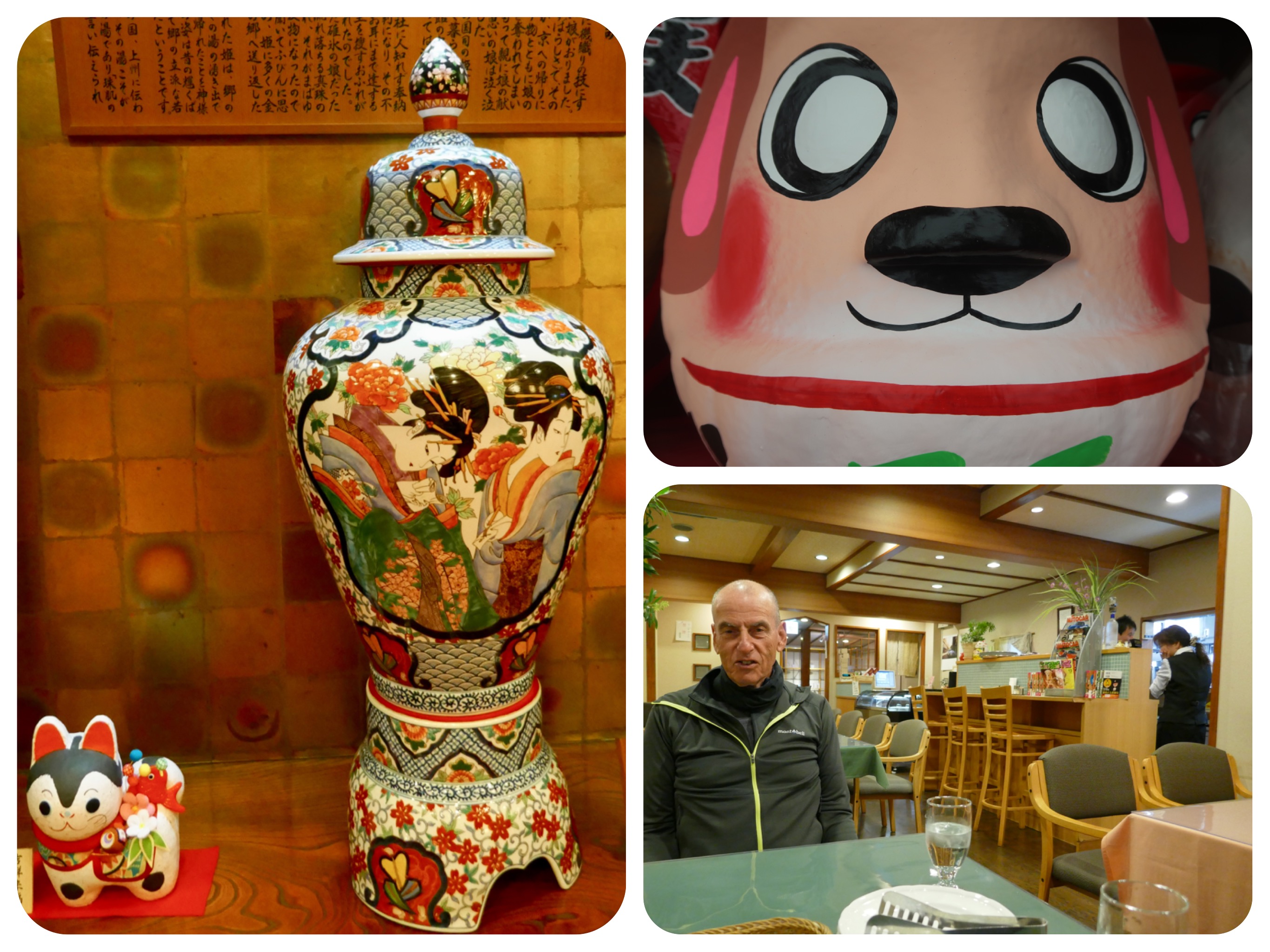
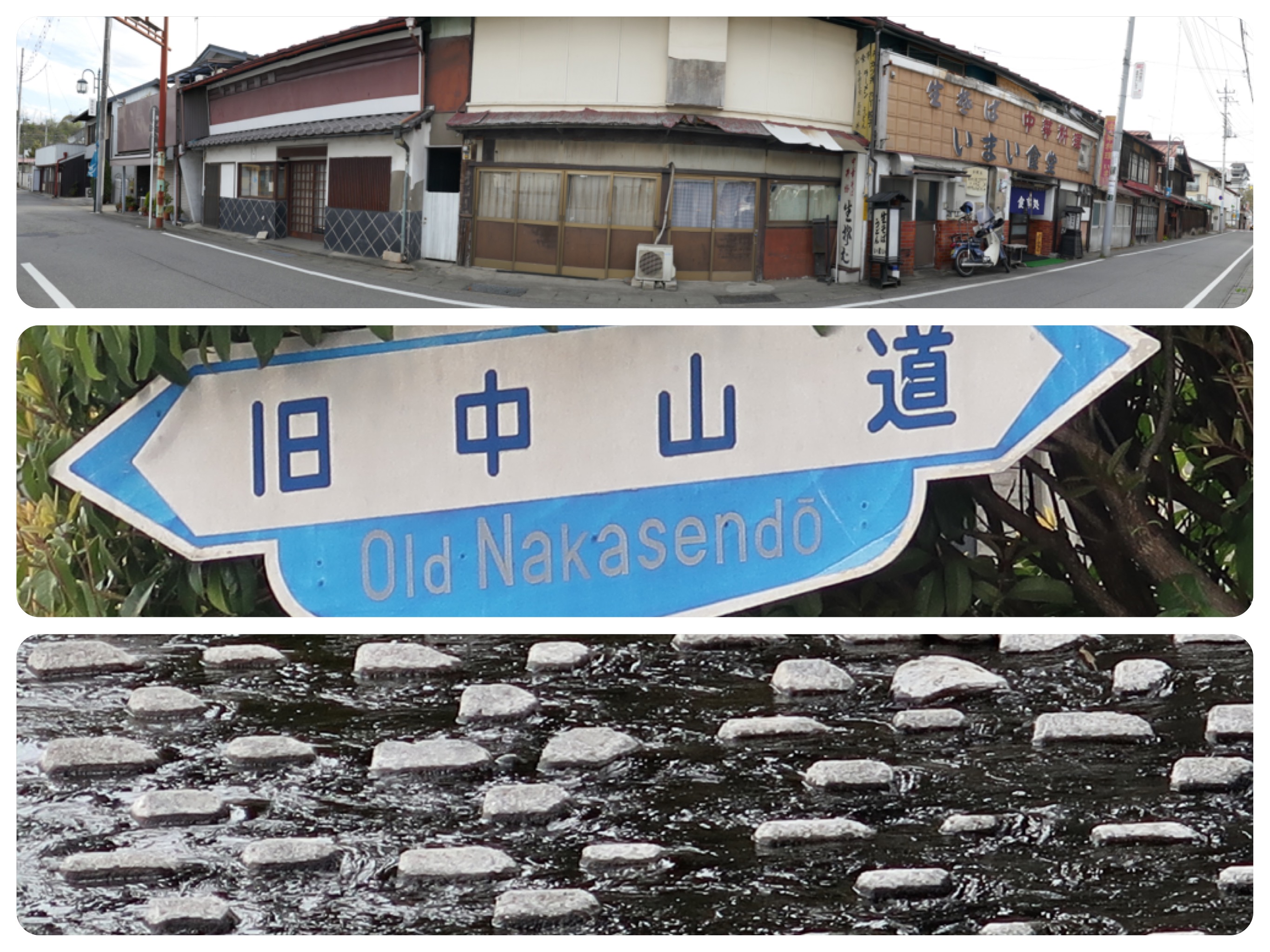
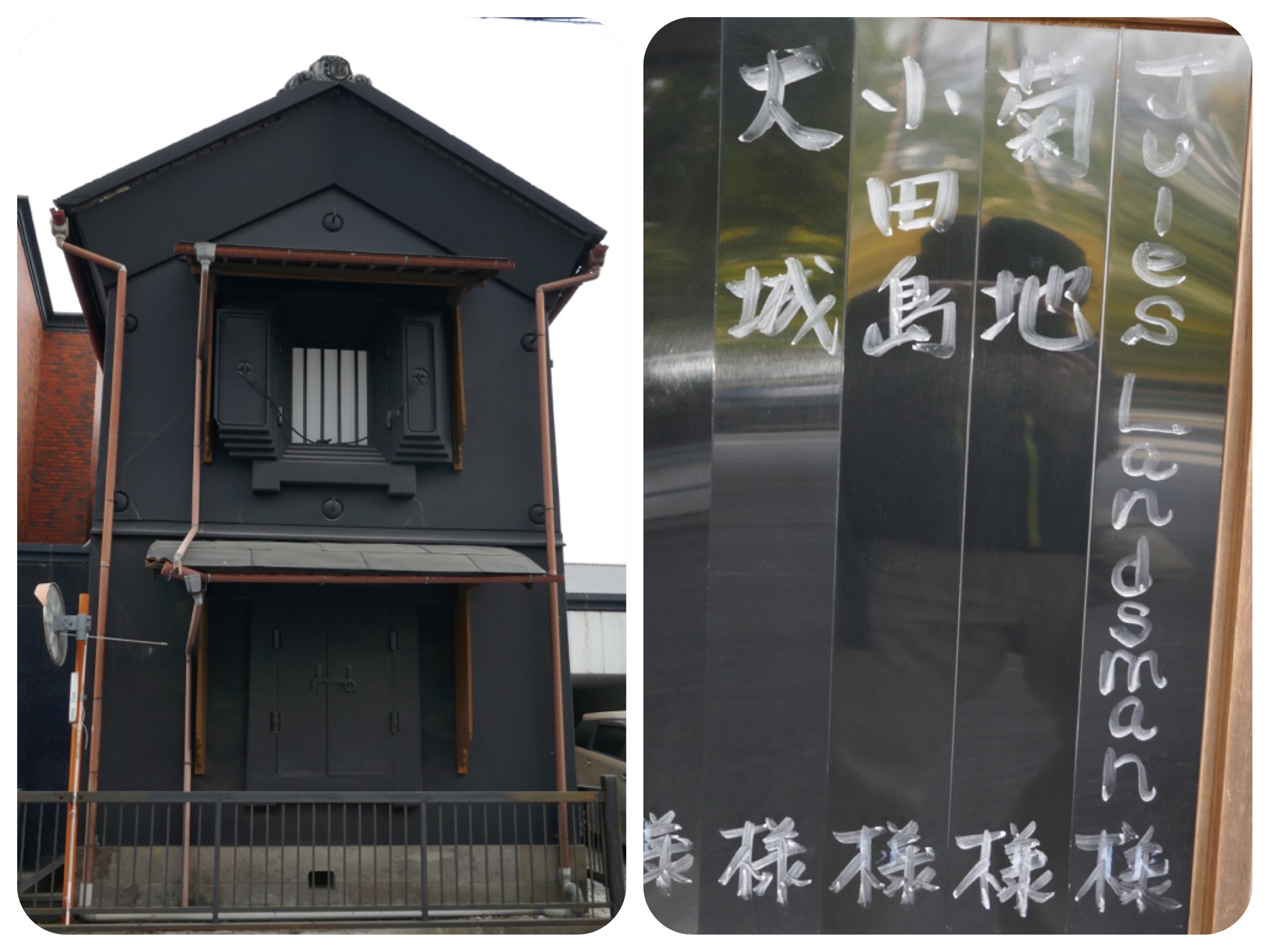
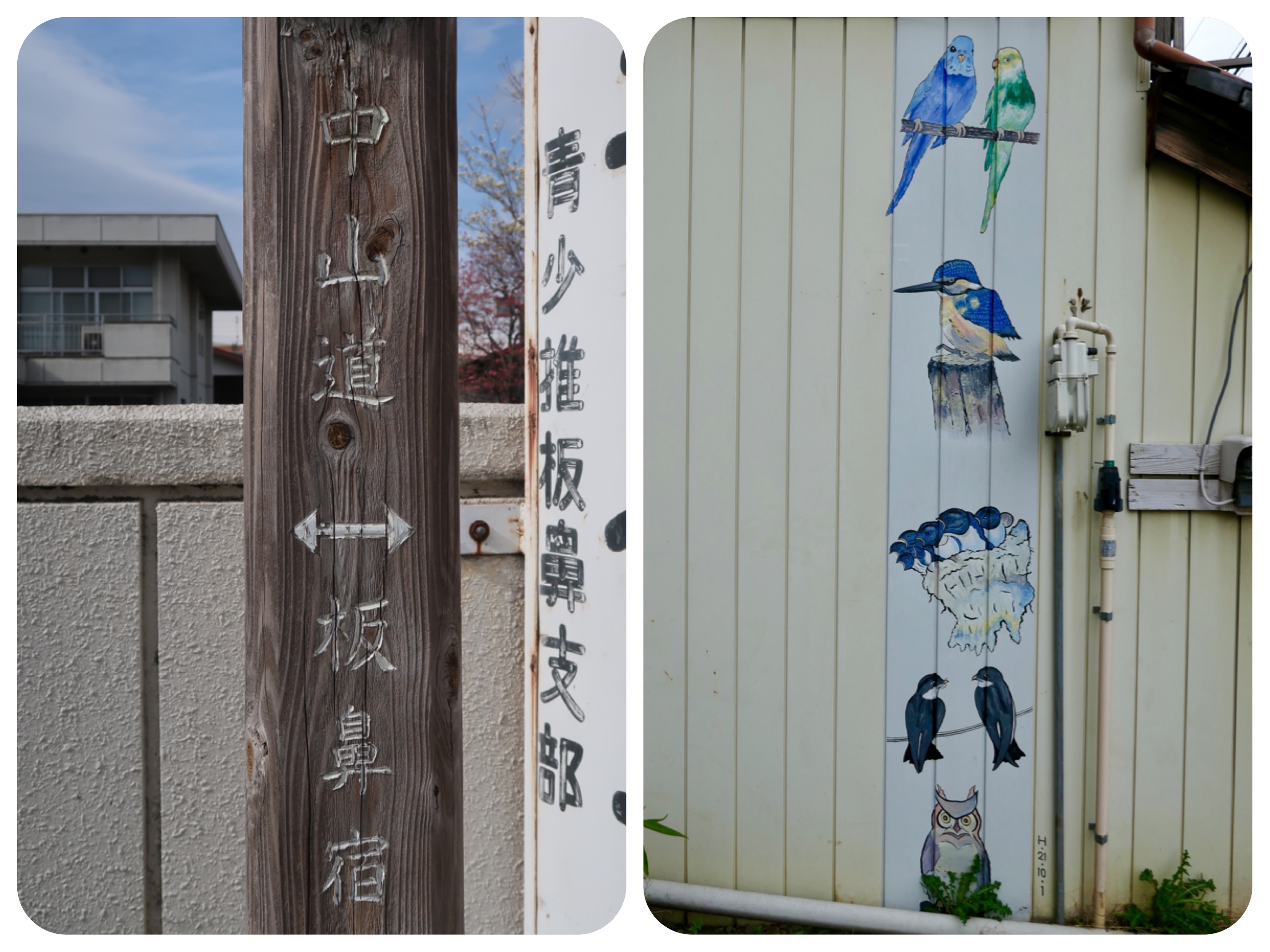
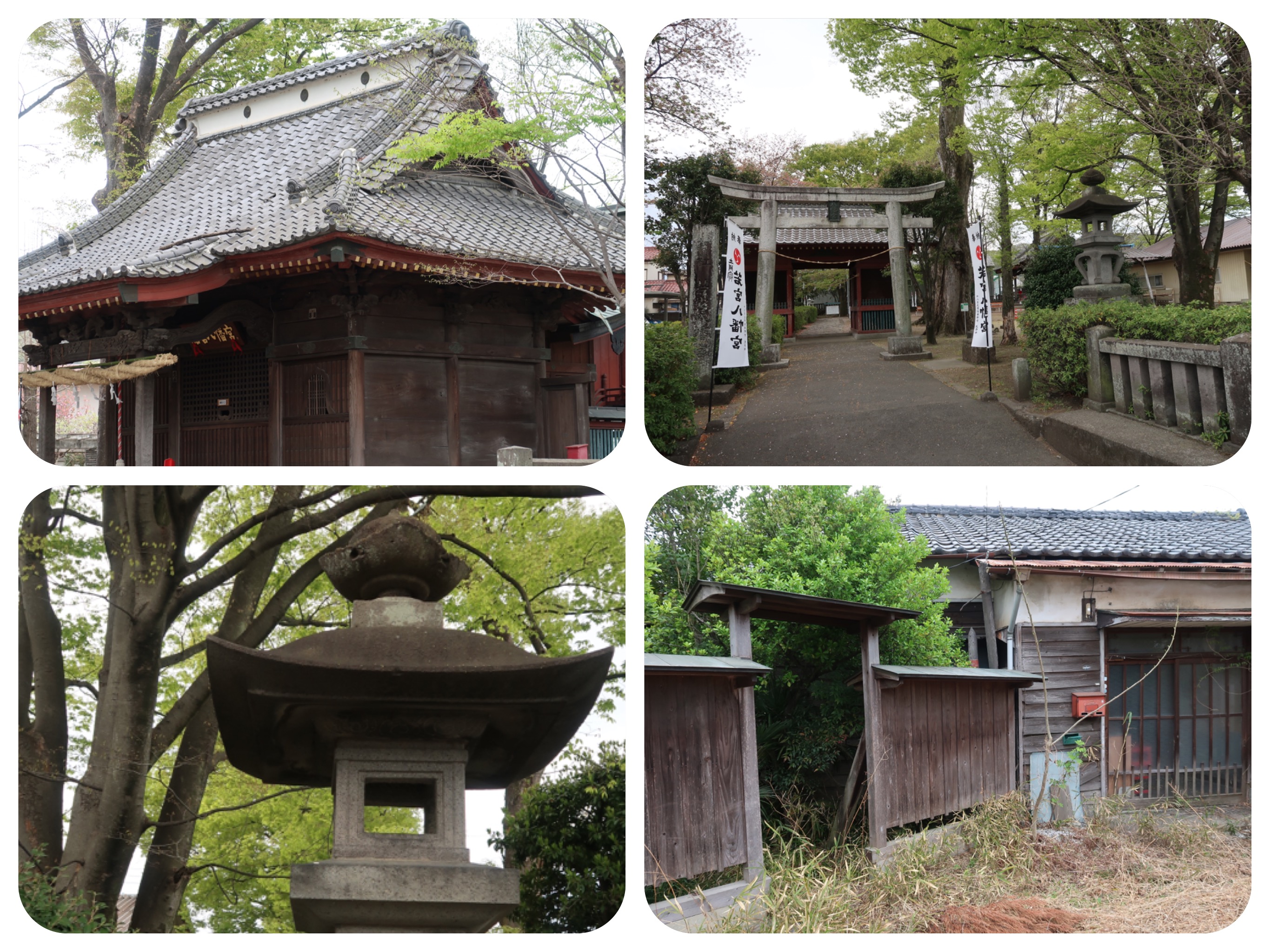
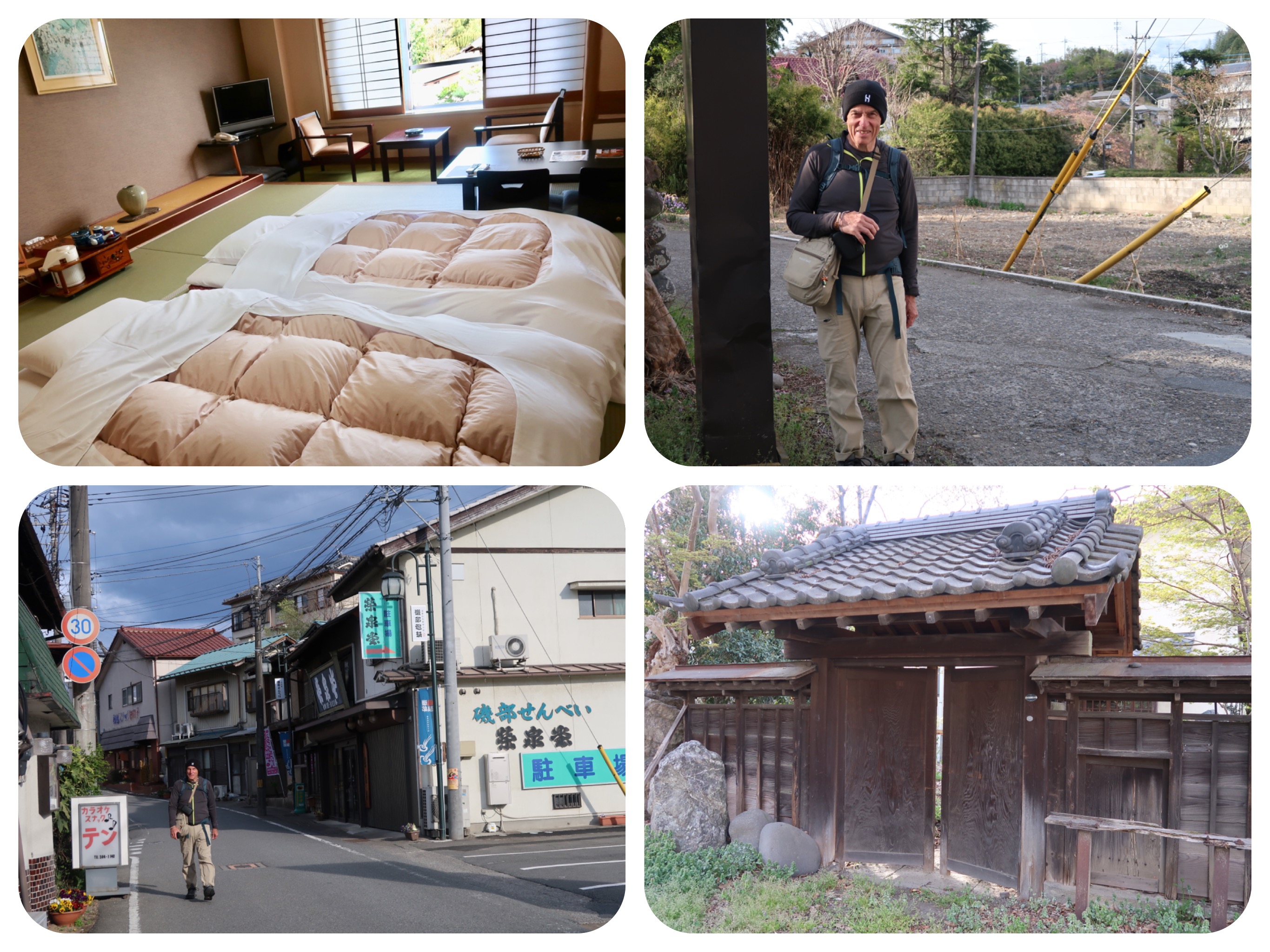
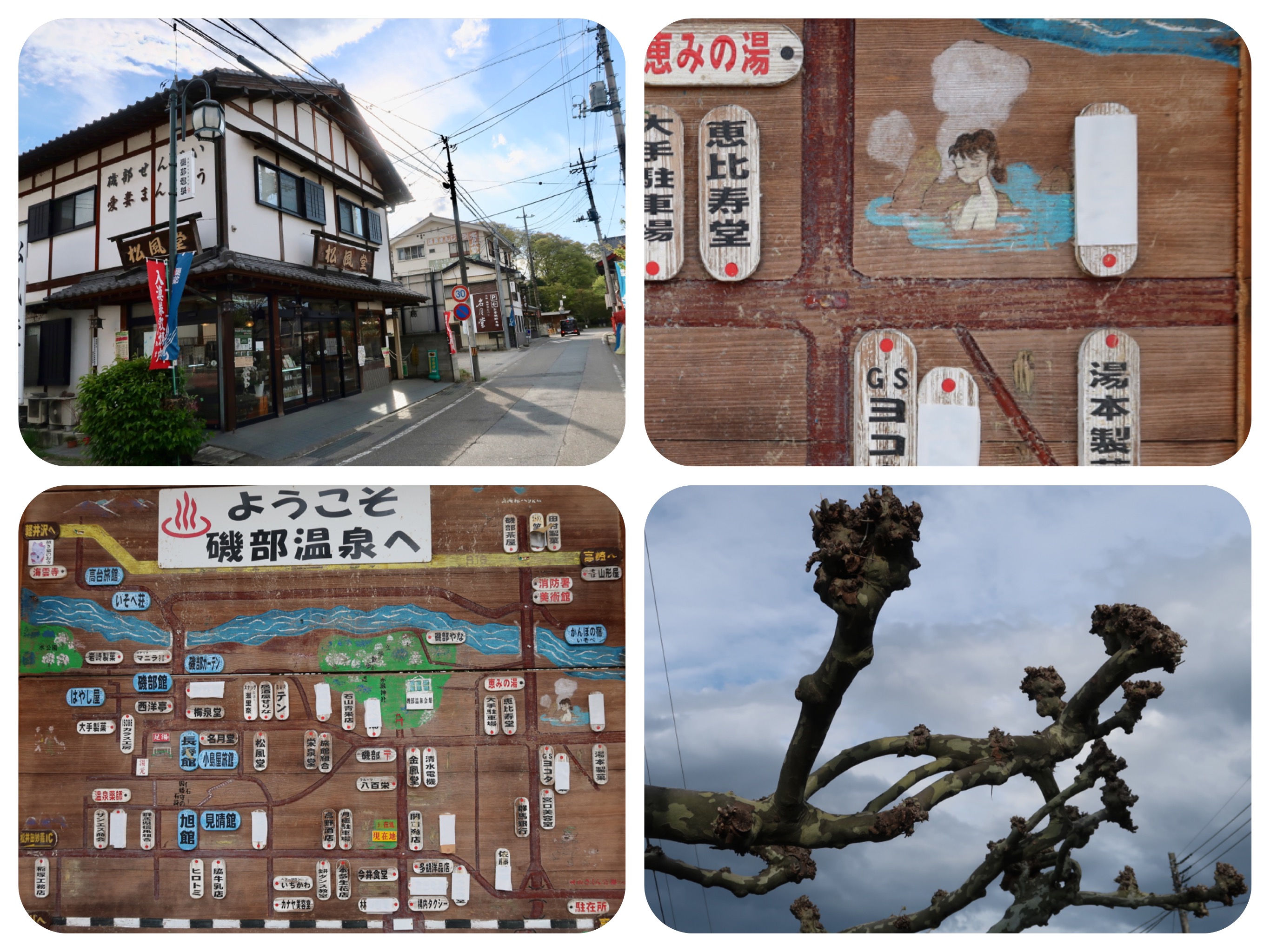
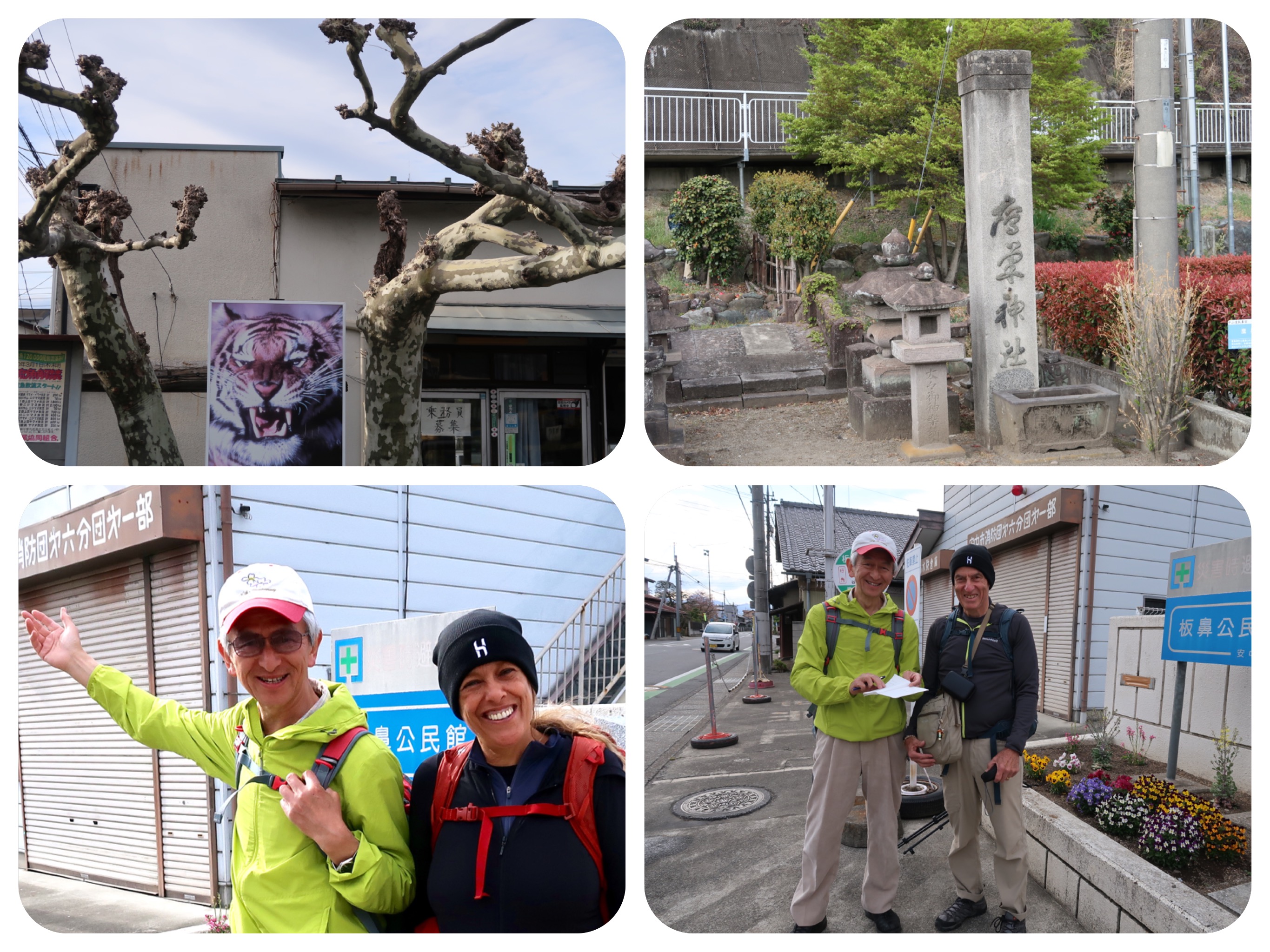
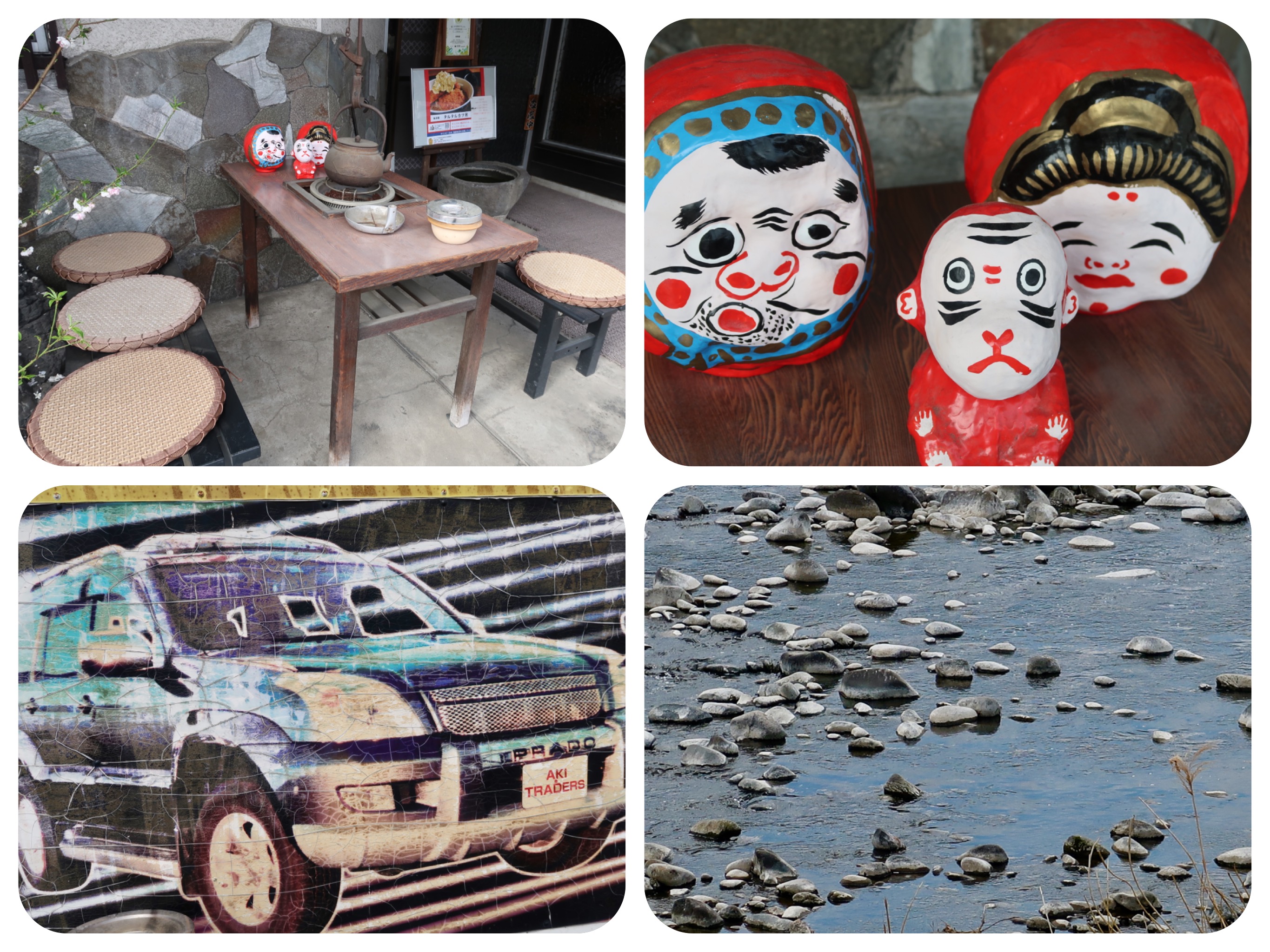
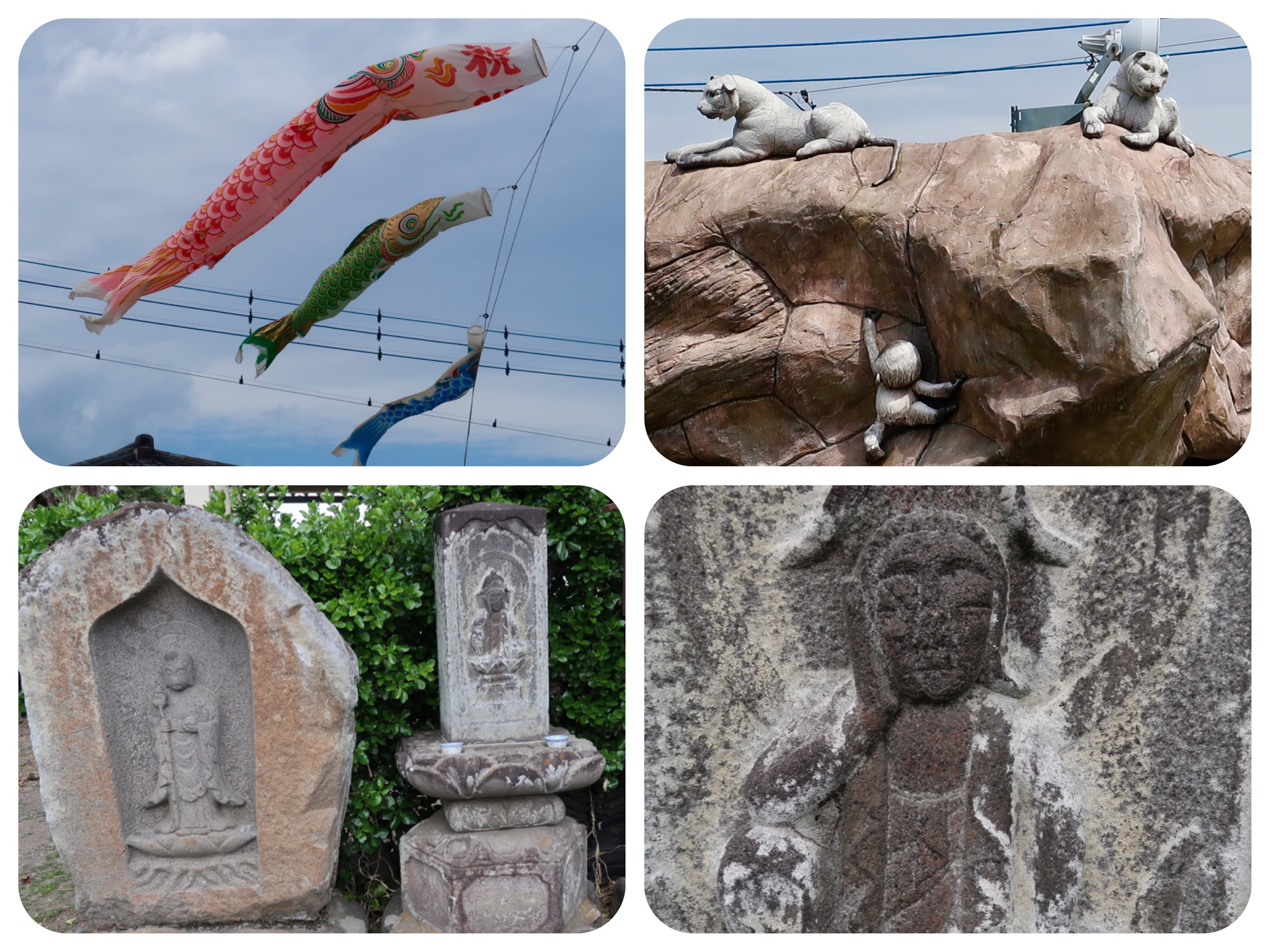
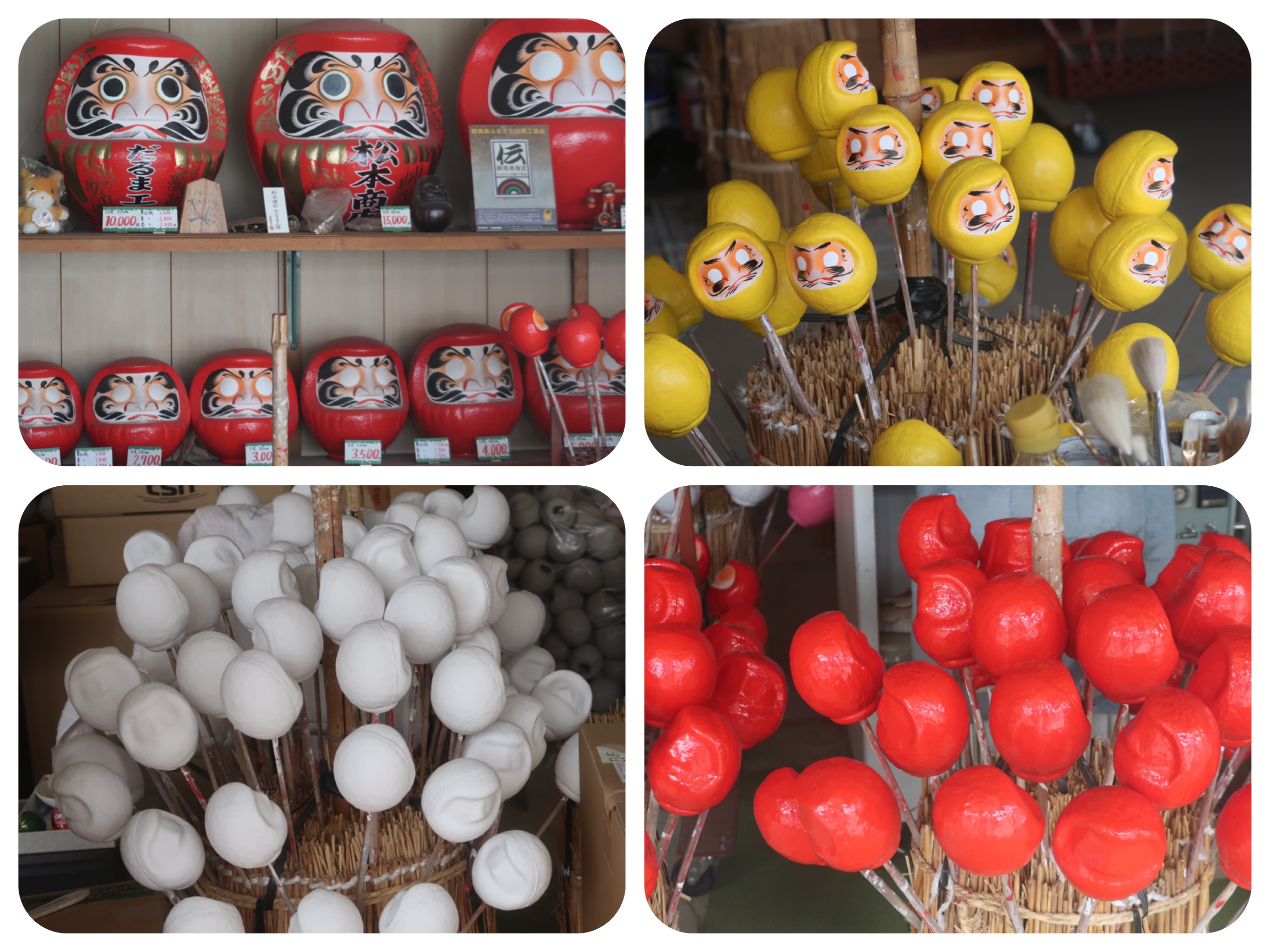
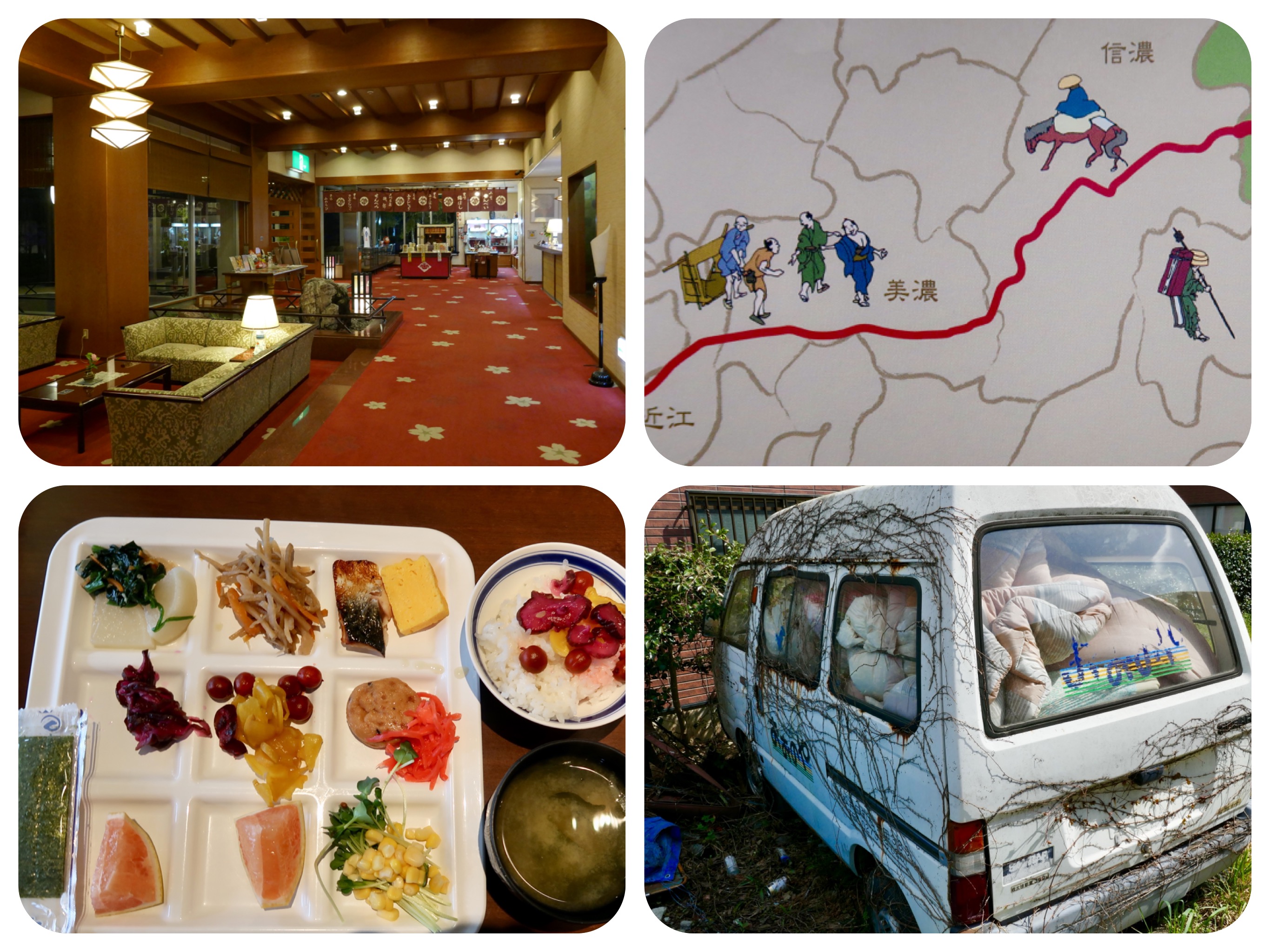
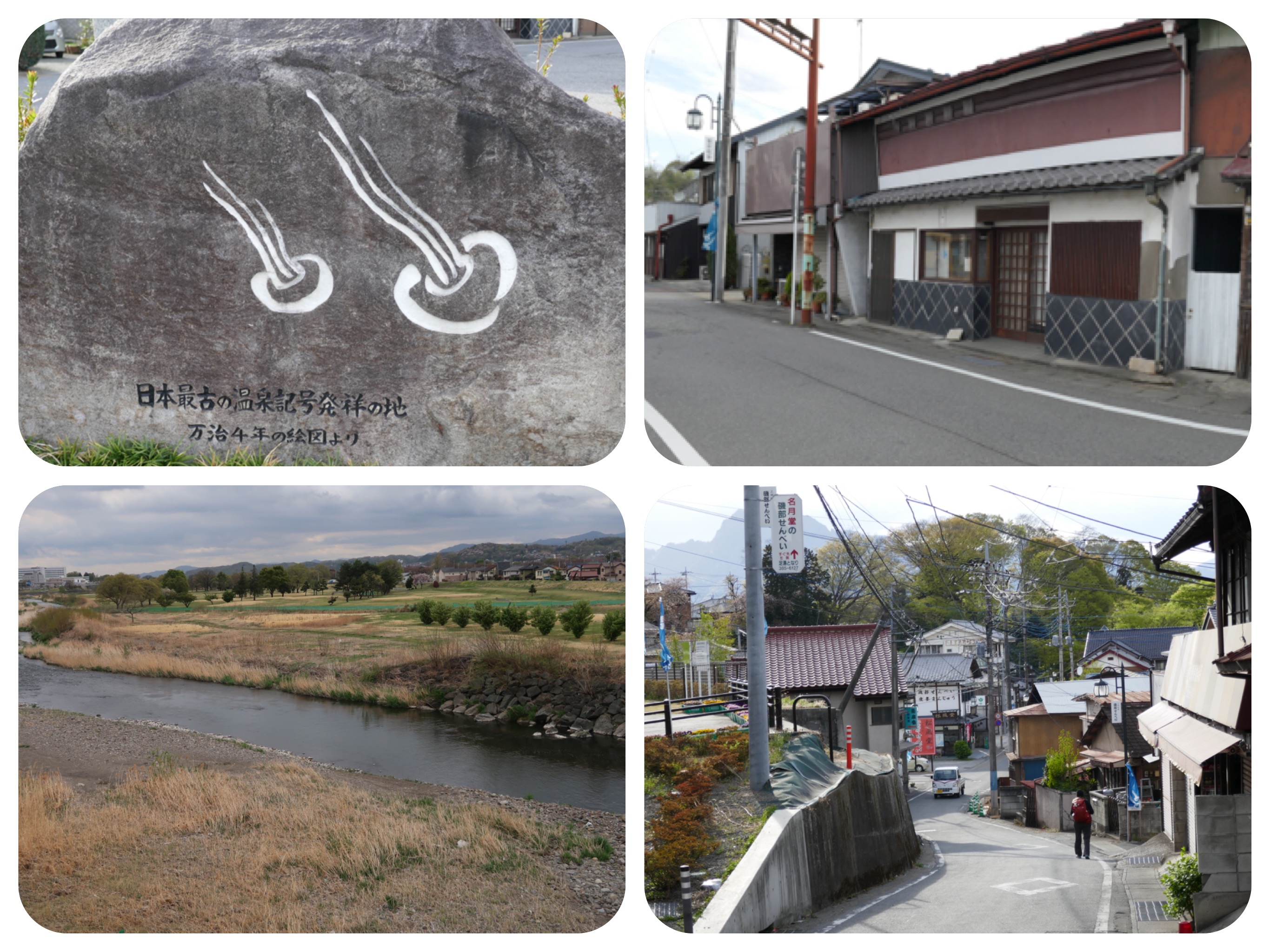
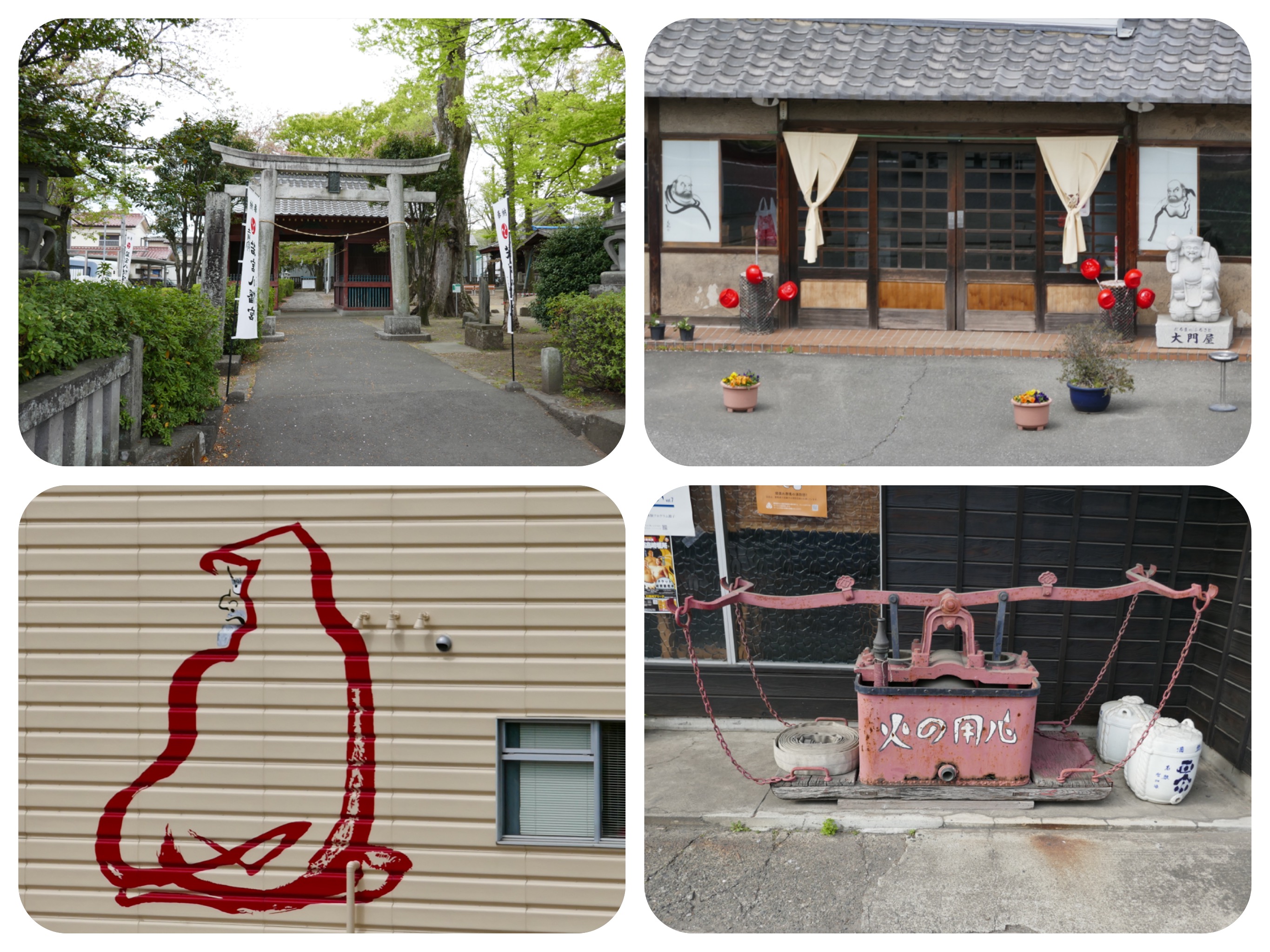
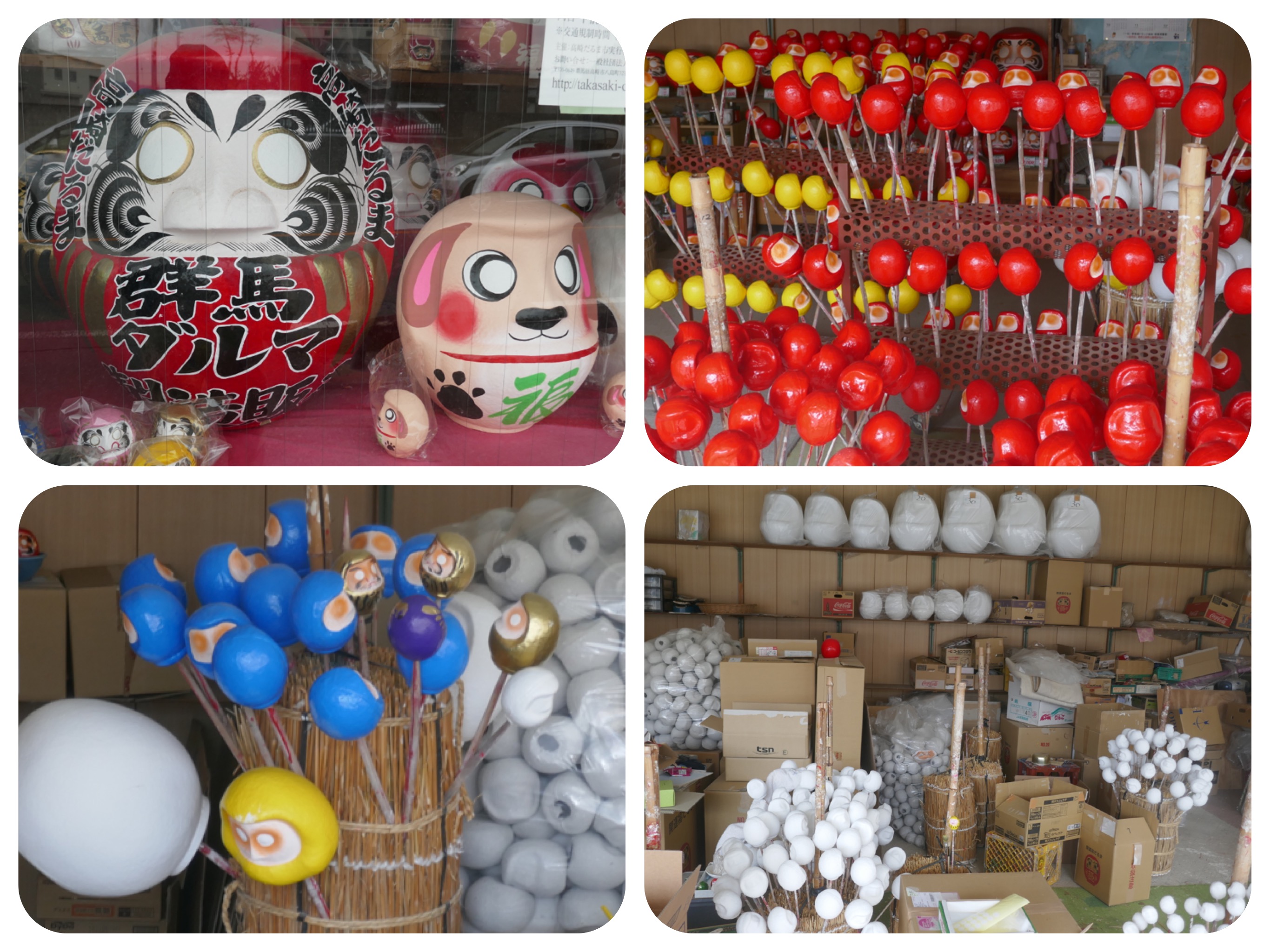
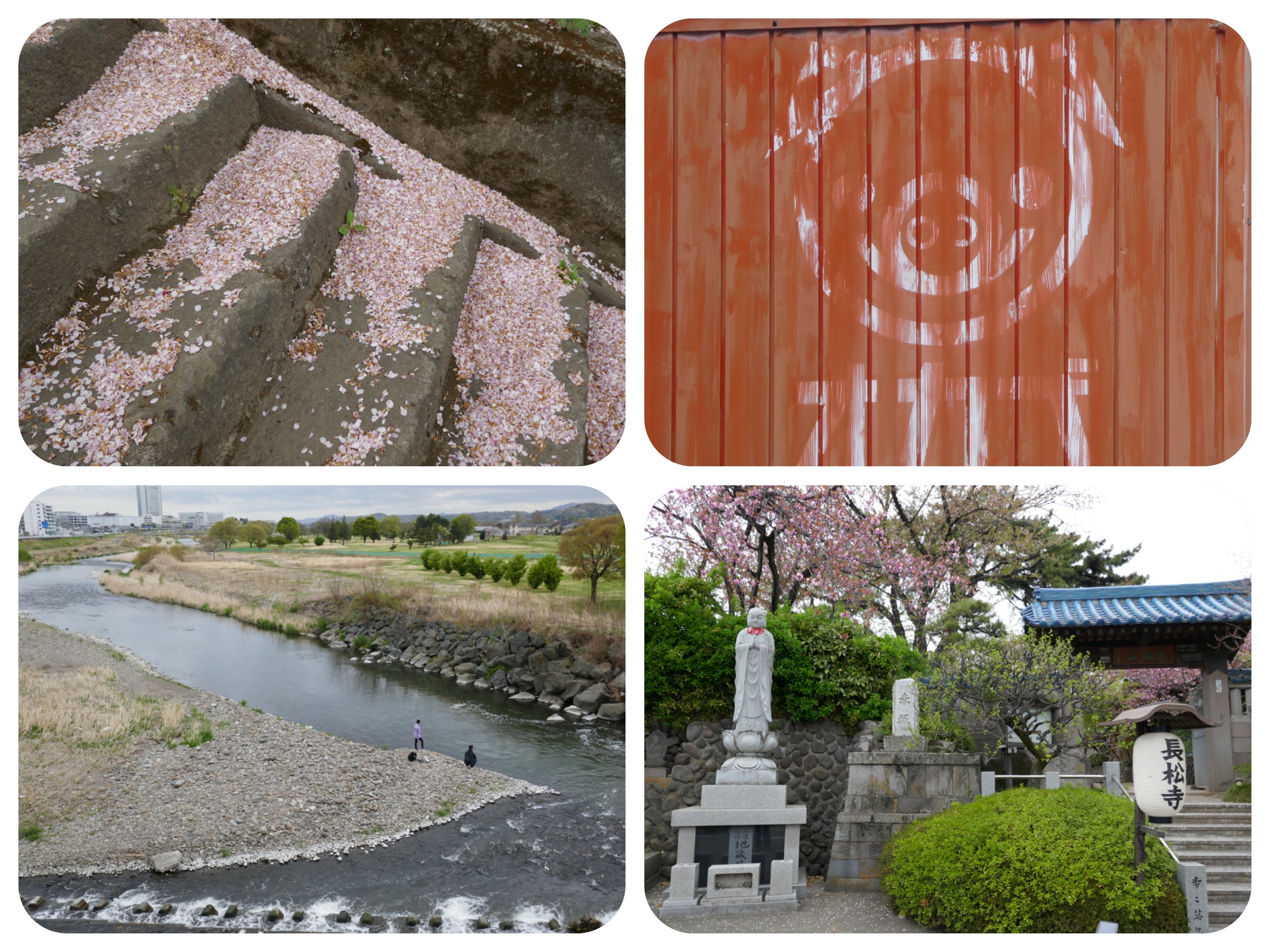
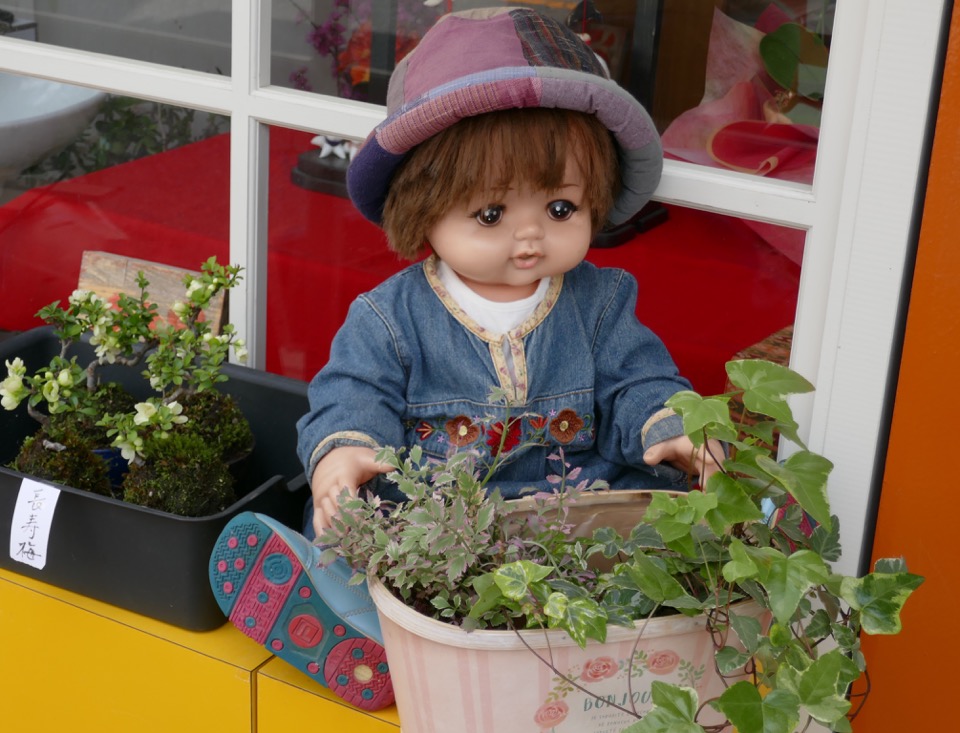
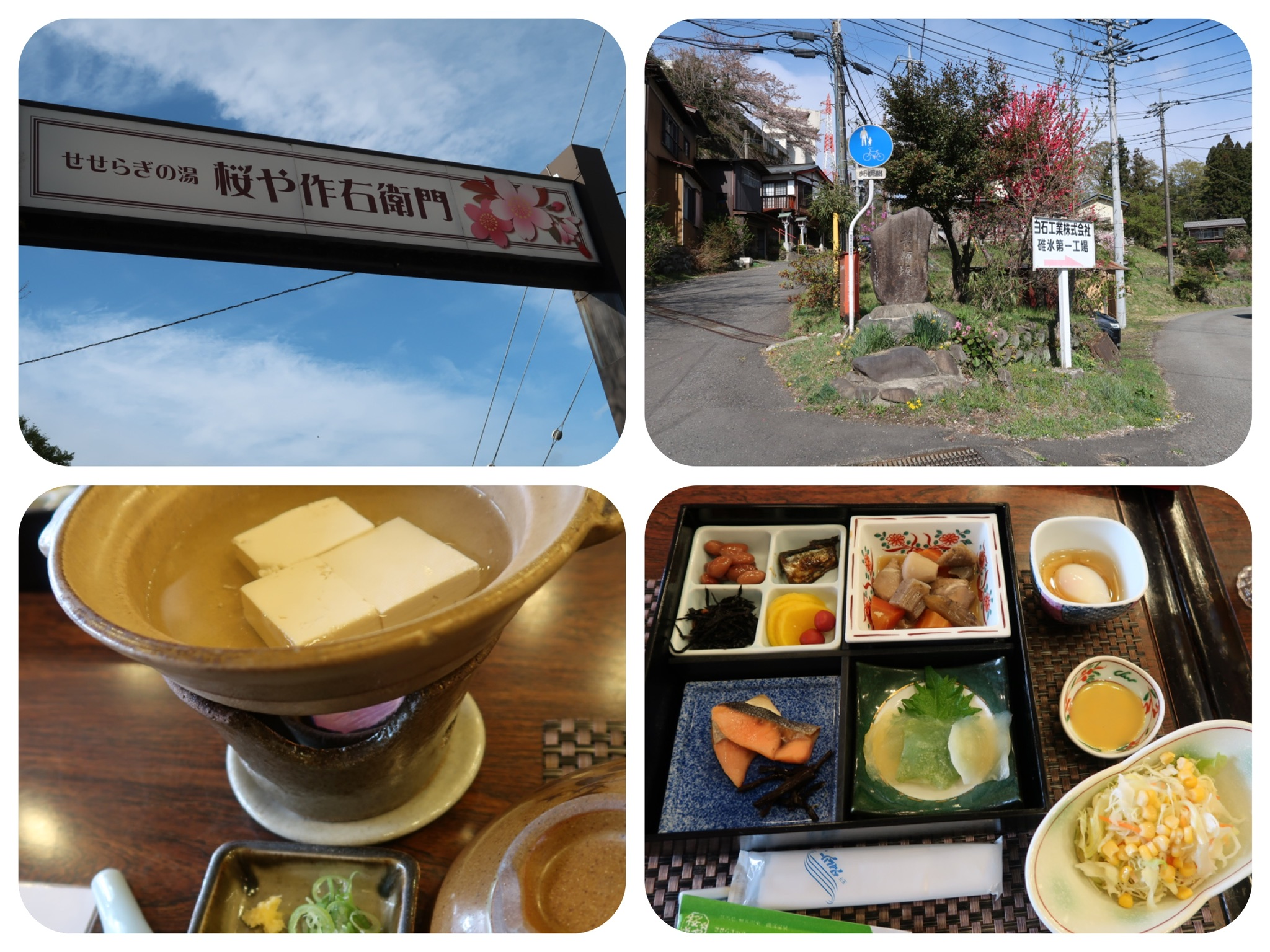
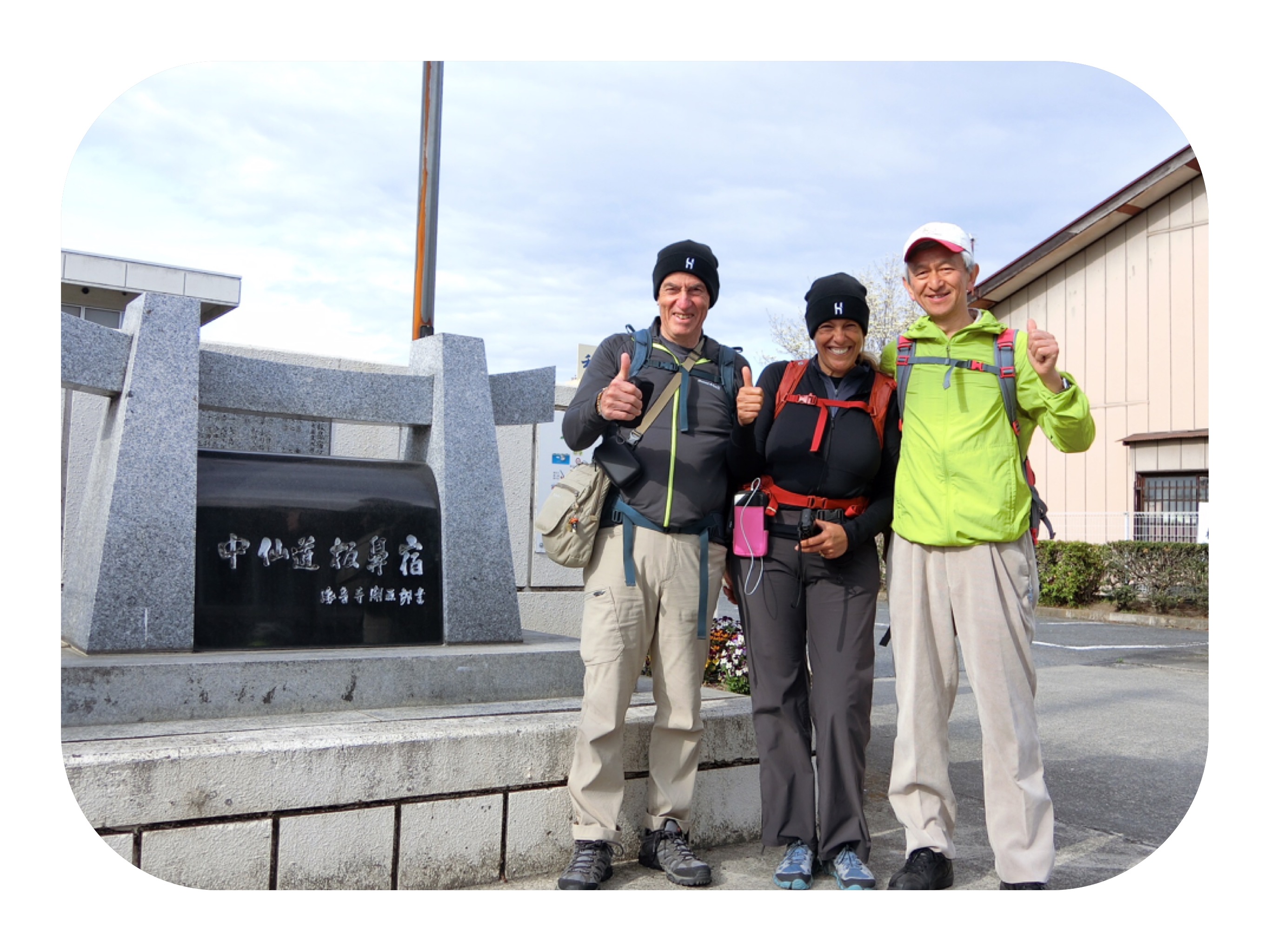
Day 7 - Walking The Nakasendō, Japan - Thinking of the Zen Master Called Homeless Kodo...
I am starting to enjoy the journey.
Best of all, I am getting adjusted to the daily routine of a pilgrimage.
We have no time for early morning meditation, as we need as much daylight time as possible for walking.
After we get up and wash up, we go to breakfast, shoulder our backpacks and start walking, or take the train from the place we stayed to the last spot on the Nakasendo at which we finished walking the night before.
Since we had a short walk planned for today, we spent some time drinking our morning hot drinks at the Starbucks in Takasaki station.
Because we already walked yesterday the longer section of the Nakasendo from Annaka to Yokokawa, we only needed to walk today from Takasaki station to Annaka station.
After we are finished walking for the day, we plan to take the train from Annaka station to Isobe Onsen, where we booked a Japanese style room in a Ryokan (guesthouse) with a hot spring, dinner and breakfast package.
This morning, there was a strong wind whipping across the plaza which was cold and biting.
We decided to stop at the department store next to the station and pick up some warm, wooly hats, not just for today, but for our upcoming time in the mountains.
Wearing the hats immediately felt better, as the cold wind was really bone chilling.
It did warm up a bit after an hour or so of walking, but it was still nice to have the warm hats for walking in the early mornings and late in the evenings, as well as for the mountains which we will be entering tomorrow.
We quickly walked the streets of Takasaki and reached the edge of town, and then we walked out of town, towards our destination, only about 15 km away.
Jules asked me to look at him and tell him if I see something different about him today.
I saw nothing different.
Finally he said:
“Look, Limpu Nay!”
“What?” I asked, not understanding what he was trying to say.
“I am speaking in ‘Japanglish’, saying that I no longer have a limp!”
(In Japanese, ‘Nay’ is a casual negative term and because every word ends with the sound of ‘enn’ or with a vowel, he added the vowel U to the limp.)
It was funny, but best of all it was true.
His blisters have already mostly healed, but he hit his right foot on a concrete post in the sidewalk, and bruised it badly, causing it to swell.
But it must be healing, because he was no longer walking with a limp, and his speed now is faster.
Perhaps he will have another day or two of discomfort, and then it will all pass.
The walk was easy but not very scenic.
Still a lot of closed shops and empty streets, suburban houses with the river running through it.
I wanted to slow down our pace, so we stopped for a late lunch at a small cafe and had a delicious meal.
I ordered the Nasi-Goreng, which I was surprised to find on the menu, and even more surprised to realize that I was able to read it in the all Japanese menu.
The Nasi-Goreng was fried rice with a fried organic farm fresh egg on top.
Jules had a delicious basil and onion pasta with tomato sauce.
This small cafe specialized in pasta, and they had comfortable tables for us to rest at for an hour.
Jules was very happy with his pasta, saying that the cook really knows what he’s doing, and that he is happy to continue supporting these non-chain, individually owned small restaurants and cafes, as we continue on the pilgrimage.
After lunch, we continued on our way and ran into another Nakasendo walker. His name was Sugi-San, and he was happy to chat with us about his journey, and how many Kilometers he walks each day. We all posed with each other for photos before we exchanged emails and continued on our way.
While we were talking with Sugi-San, I noticed a man who was going through the rubbish, collecting recyclable bottles which he piled on his bike.
He had a radio attached to his overloaded bike which was tuned to a Japanese pop station.
When I looked at his face, I saw he was wearing sunglasses that had heart- shaped lenses.
He looked like a grown child, who is a bit unfit for survival in this materialistic world.
When we walked over a bridge, he pushed his bike to the traffic light and stopped by me.
I reached into my wallet and pulled out two thousand Yen ($20) and gave it to him, saying it is a present.
He took it and thanked me with a wide smile.
For some reason, he reminded me of Homeless Kodo.
When I handed him the money, I thought to myself that we, wandering pilgrims along the journey of life, have to help one another....
Homeless Kodo was a Zen Sōtō Master who was a well known and wise pilgrim.
One of his famous sayings is:
“People call me "Homeless" Kodo, but I don't take it as an insult.
They call me that because I have never had a temple or a house.
Everyone is homeless.
It is a mistake if you think that you have a fixed home on this earth.”
Another quote by homeless Kodo that I love is:
“To be born as a human being is a rare thing, something to be grateful for.
But being born as a human being is worthless, if you spend your whole life in a mental hospital.
It is worthless if you worry about not having money.
It is worthless if you become neurotic because you cannot get a prestigious job. It is worthless if you weep because you lose your girlfriend.”
We reached our guesthouse in the hot spring village of Isobe, and our name was displayed by the entrance to the hotel.
The town and the hotel felt completely deserted.
We were told that the tourist season starts in May.
The hotel was empty, and we were shown to a spacious tatami room with ironed yukatas, everything we needed to bathe in the hot springs like hair brushes, wash cloths, slippers, robes, etc.
It was nice to wash and soak in the empty hot springs pool.
Since we had had a late lunch, we asked how late we could have our dinner.
We were told we could eat at 7:30 pm, but the phone in our room rang at 6:30 and they asked us to come for dinner, as the cook, a waiter and a waitress, were all waiting for us.
We had to dress warmly and go to the town, where the hotel runs a small Italian restaurant.
It was completely empty and the waitress, who was also the lady who checked us into our room, was waiting outside in the cold, to make sure we found the restaurant.
We were not hungry at all but we chose a pasta and a pizza, plus a cheese cake for dessert.
Everything was very good, but a bit humorous, as the cook, waitress and waiter stood looking at every bite we took, as if they were watching a fascinating reality show.
That night we slept well.
We have a big day ahead of us tomorrow, finally entering the mountains and the forests, crossing two mountain passes on our way to Karuizawa.
Sakamoto-shuku station, #17, is the last station in Gunma Prefecture.
It is located in Yokokawa, the small village that sits at the end of the train line, at the entrance to the mountain pass, which we already walked to the day before.
Tomorrow, we will enter Nagano Prefecture.
Before falling asleep, I looked at my maps and made some plans for the next few days.
We are going at a snail’s pace....Walking is so slow...so slow...
Another quote from Homeless Kodo came to me:
“The world has become small because of developments of fast transportation.
People are moving fast now.
What are they doing, speeding around in their fast cars?
They always hurry, driving fast, only to save their worthless time.
Where are they running to?
How are they using their time?
They are going to play Mahjong or pinball.”
All human beings are short-sighted in one way or another.
Some people go into debt to buy luxury cars because they are symbols of wealth.
In modern society, people try to increase their efficiency in every area of life. But where are they going?
No matter how efficiently they act, unless they are going in the right direction, there is no difference between them and the insects that start buzzing around when spring arrives.”
Day 7- Stats:
Stations/Post Towns- Takasaki to Itahana to Annaka
Total walking time 5.5 hours
Active walking time 4 hours
Total steps: 20,755 steps
Daily Kilometers 15.5 Kilometers
Total Kilometers walked up to date: 185 Kilometers
Accommodation: Seseragi no Yu Sakuraya Sakuemon Onsen Hotel In Isobe Onsen.
(Japanese style rooms, has hot spring indoors and outdoor bath, an Italian restaurant dinner and a Japanese breakfast)
Station Towns visited in Gunma Prefecture:
13. Takasaki-shuku (Takasaki)
14. Itahana-shuku (Annaka)
15. Annaka-shuku (Annaka)
16. Matsuida-shuku (Annaka)
17. Sakamoto-shuku (Annaka)
